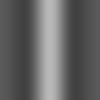Opening statements:
Sheehan: "To start it, I think we should take a minute and thank our frontline workers who are out there fighting this virus on a daily basis. The Haslam family – Jimmy, Dee, JW (Johnson), Whitney (Haslam Johnson) – from Day 1 of this pandemic, they have made sure that the health and safety of our organization and families is really our No. 1 priority. We have all undergone countless hours of preparation. We have looked at every precaution. We have tried to implement every safety measure. It has really been a collaborative and comprehensive effort moving forward. Dr. Voos, our head team physician, (University Hospitals) Dr. Sean Cupp, our lead medical physician, (University Hospitals) Dr. Bob Salata, our infectious disease expert, and the entire team at University Hospitals has just been a great partner throughout this process. We all understand the uncertainty surrounding the virus, there is no question about that. This virus is endemic in our society, and there is just no way to completely eliminate the risk. The NFL, the NFLPA and really every team have been tasked with making our facilities as safe as we possibly can to mitigate the risk of the extent of the virus, and we feel really good about our plan."
Dr. Voos: "I want to thank you for the opportunity to speak with the group. I just want to echo that our entire focus has been on the health and safety of our players, their families and all the employees working in and around the Browns organization, and to further echo that collaboration of the Cleveland Browns, University Hospitals, the CDC, our state and local infectious disease and community health experts, as well as the NFL and the NFLPA. This has been one of the most collaborative efforts we have experienced in professional sports, not only across the NFL but sharing what we have learned across all of professional sports so that we can really focus on keeping our athletes healthy and keeping our athletes on the field doing the job they love to do."
On how team medical professionals and athletic trainers are providing guidance to players in high-risk categories about their decision to potentially opt out of the season:
Dr. Voos: "The NFL and the NFLPA have utilized the CDC criteria for the high-risk category – players that may have a chronic disease, may have a family member with a chronic disease or may have another type of issue that may put them at risk for the season. We have established those criteria to guide the players to make those best-informed decisions for them and their family. Then, it is a conversation with their physicians, with our healthcare team and ultimately with the Browns leadership as to what the best decision is they make for themselves and their family, but there have been very well-defined criteria that have been guided by the CDC to allow us to make those decisions."
On lessons that can be learned from the Miami Marlins COVID-19 cases that led to postponed games and travel:
Sheehan: "What is happening with the Marlins is really a great example of the challenge we have lying ahead of us. I think everybody really understands that. It is going to be up to all of us to really work together to implement the protocols that we have instituted and put in place to give us the best chance to be successful this fall."
On if the team is putting in place anything 'extreme' to help prevent the potential spread of COVID-19 within a specific position group, referring to Seahawks Head Coach Pete Carroll's recent comments about QBs:
Sheehan: "We are going to put together every process we can to really mitigate the spread of the virus in our building. We know we can eliminate it so we are all going to meet collectively, regularly to discuss and make sure we are putting all the processes in place to really mitigate the spread of that virus."
On additional lessons learned from the Marlins situation or the NBA bubble in recent weeks that has allowed the team to consider new protocols or concepts:
Sheehan: "In regards to the bubble, I think really the NFL and the [NFL]PA have really put together a comprehensive series of protocols that are going to allow us to [implement] what we have built to give us the best chance to be successful and play football this fall. We feel good about our plan, and we are excited to implement it."
On the procedures for if a player tests positive for COVID-19 during the season:
Dr. Voos: "The first part of that is we want to assure the well-being of the player, that they are evaluated and that they are safe, whether they can be at home or whether they need to be evaluated in a healthcare setting. First and foremost is to get that player out of the facility and into an area where he can safely quarantine. No. 1 is removal from the environment and making sure they are in a safe quarantine space for both the team and their family. Then, there is a series of tests. We have employed both wearable technology and digital assets to allow us to monitor symptoms, monitor vital signs and then start the contact tracing process. This is where the Cleveland Browns have invested heavily in the safety of their players, using this wearable technology to allow us within the building to know who a player may have been in contact with so that we can further that continued evaluation. Then, once the player has undergone the appropriate time of quarantine and is symptom-free, there are a series and tests and screens that the player undergoes to assure that they are healthy to return to play and that their testing is negative before entering the building so that they can both protect themselves, as well as their teammates when they return."
On the contact tracing process and determining whether players in contact with someone who tests positive need to be quarantined, if they spent time around each other:
Dr. Voos: "That is certainly a consideration, and it is really based on the length of time that they were in association with the player, the consistency of the testing, have any symptoms occurred and assuring that everyone was wearing a mask. All of those things come into play for us to guide further testing or whether that group of players needs to be quarantined."
On if any Browns players are still weighing the decision to potentially opt out of the season, and if so, are they having discussions with those players on the decision:
Sheehan: "We will continue to really educate our players on all the high-risk conditions and then really support them as they work through that process with their personal physicians, our team physicians and then obviously, our (Executive Vice President of Football Operations and General) Manager (Andrew Berry)."
On if players are required to wear Kinexon proximity tracking devices outside of the team facility:
Sheehan: "Players are not required to wear the Kinexon devices at home."
On why players are not required to wear the Kinexon proximity tracking devices outside of the facility:
Sheehan: "That is the way the protocols were set by the NFL and the NFLPA. They will enter the building with the screening process, they will get tested, they will wear those Kinexon devices around the building and then they will hand those in when they leave the building in the evening."
On confidence level that the season will be played:
Dr. Voos: "We certainly want to remain cautiously optimistic. Again, there are no guarantees in how this virus is going to behave. What we do want to do is assure that we have set up the safest environment possible for the players, both in the physical environment with the education of the players and with testing, and then with that collaboration of other NFL teams and other professional football teams. We feel like we have positioned ourselves using the best available treatments and best available evidence we have to keep our players safe. Again, certainly this is a very fluid process that we will have to monitor on a regular basis, but our goal is to have a safe, healthy season for the players. We will take this week by week, day by day to assure we are providing the best environment possible."
On if the concern for potential virus transmission is of greater concern in a contact sport like football due to the close proximity of players and staff:
Dr. Voos: "In football, players are in closer proximity than some other sports, but we rely heavily and lean heavily on our testing, on our symptom reporting and the environment we have created for our players to mitigate that risk as much as possible."
On if the Browns have communicated with other teams about new protocols and plans:
Sheehan: "Really, it has been a completely collaborative effort. Dr. Voos spoke to this earlier. It has been a consortium of healthcare officials, spanning Major League Baseball, the NBA, the NFL, the CDC and local and state government officials. It has really been all hands on deck to put together really comprehensive protocols to give us, again, the best chance to play football this fall."
On changes the players should expect at the practice facility when they return:
Sheehan: "We definitely have a new normal, from a screening process on the way in to extensive testing on a daily basis to wearing contact tracers when guys walk in the building, and we really made a concerted effort to really mandate everybody wears masks when they are not in the building with their doors closed. We want to maintain six feet of social distancing wherever possible. Our main locker room once housed 90 players. Now, it houses 40 – every other locker with wall-to-ceiling Plexiglas really separating those lockers. We have moved the overflow of our locker room into our existing weight room. We moved our existing weight room into the field house. We have put about 40 lockers in the previously existing weight room and moved our weight room of about 9,000 square feet out into our field house of about 20-yards worth of setup to really improve airflow and allow us to maintain our social distancing in small groups while guys are in the building."
On the possibility of players wearing protective masks on their helmets:
Sheehan: "One thing about the pandemic, it is definitely driving innovation across the board in terms of equipment and in terms of medical advancements. We will continue to look at all of those innovations as an organization and really work with all of our experts to determine what is best to implement and put on our players this fall."
On the effectiveness of testing and how soon a player can test positive after contracting the virus, given its incubation period:
Dr. Voos: "Certainly, when players are first coming to the facility or first coming in, the start of camp is the most critical time. That is why we have executed such frequent testing, and this is daily testing for this first several weeks. The typical incubation time is approximately 14 days and can vary a bit on either side so we are testing every day leading up to that, those daily symptoms screenings and offering the players the antibody test allow us, particularly here at the beginning of camp as we are all converging back together, to assure that we capture the incubation period. Should somebody happen to turn positive, we have done that contact tracing, we monitored their symptoms and we can adjust the environment as needed. I think the protocols have been put in place to capture that initial highest-risk period as we get things going."
Browns players arrived at the facility Tuesday morning for the start of camp

Quarterback Baker Mayfield (6) reports for 2020 Browns training camp on July 28, 2020.
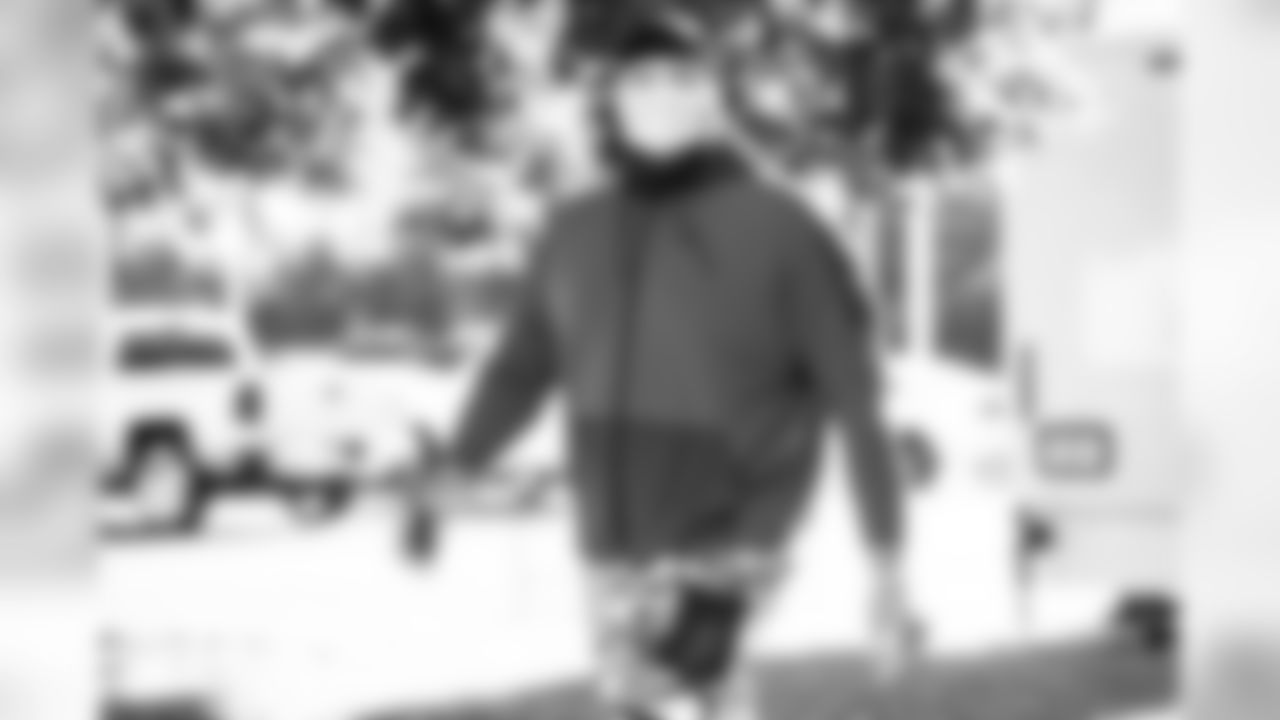
Offensive tackle Jedrick Wills Jr. (71) reports for 2020 Browns training camp on July 28, 2020.

Defensive end Adrian Clayborn (94) reports for 2020 Browns training camp on July 28, 2020.

Offensive guard Joel Bitonio (75) reports for 2020 Browns training camp on July 28, 2020.

Defensive tackle Sheldon Richardson (98) reports for 2020 Browns training camp on July 28, 2020.
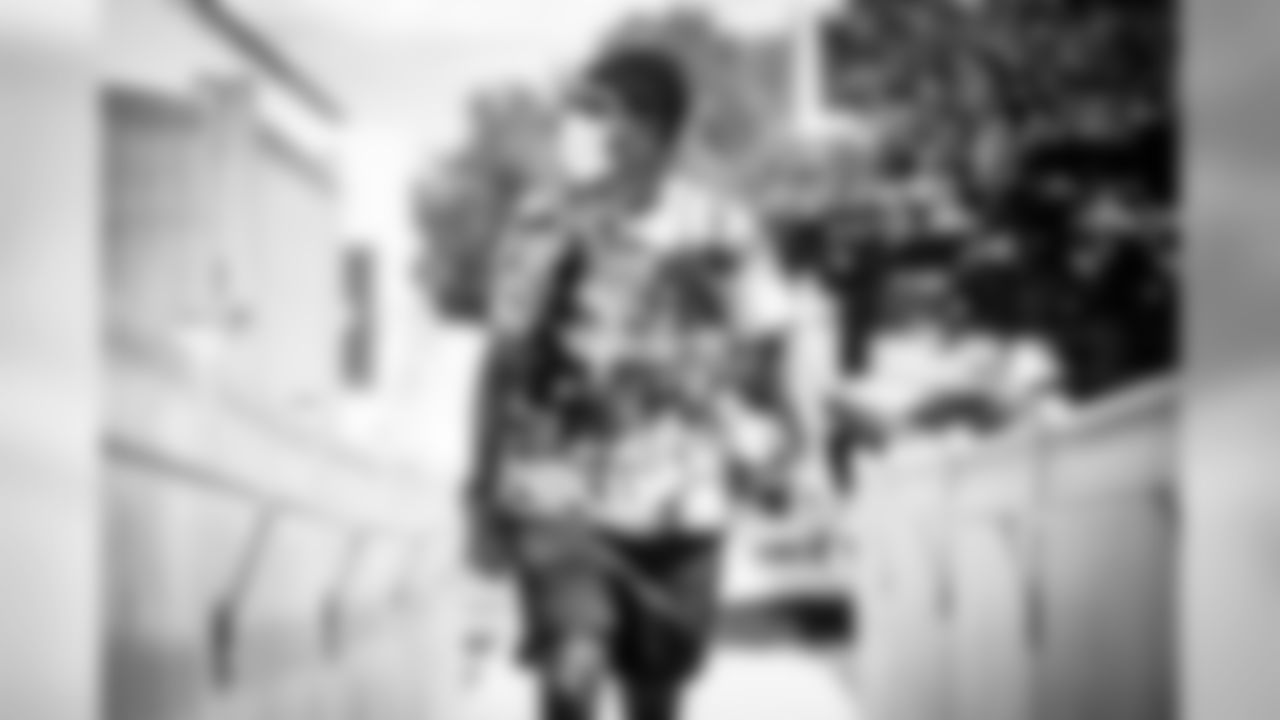
Wide receiver Jarvis Landry (80) reports for 2020 Browns training camp on July 28, 2020.

Safety Andrew Sendejo (23) reports for 2020 Browns training camp on July 28, 2020.

Wide receiver Jarvis Landry (80) reports for 2020 Browns training camp on July 28, 2020.
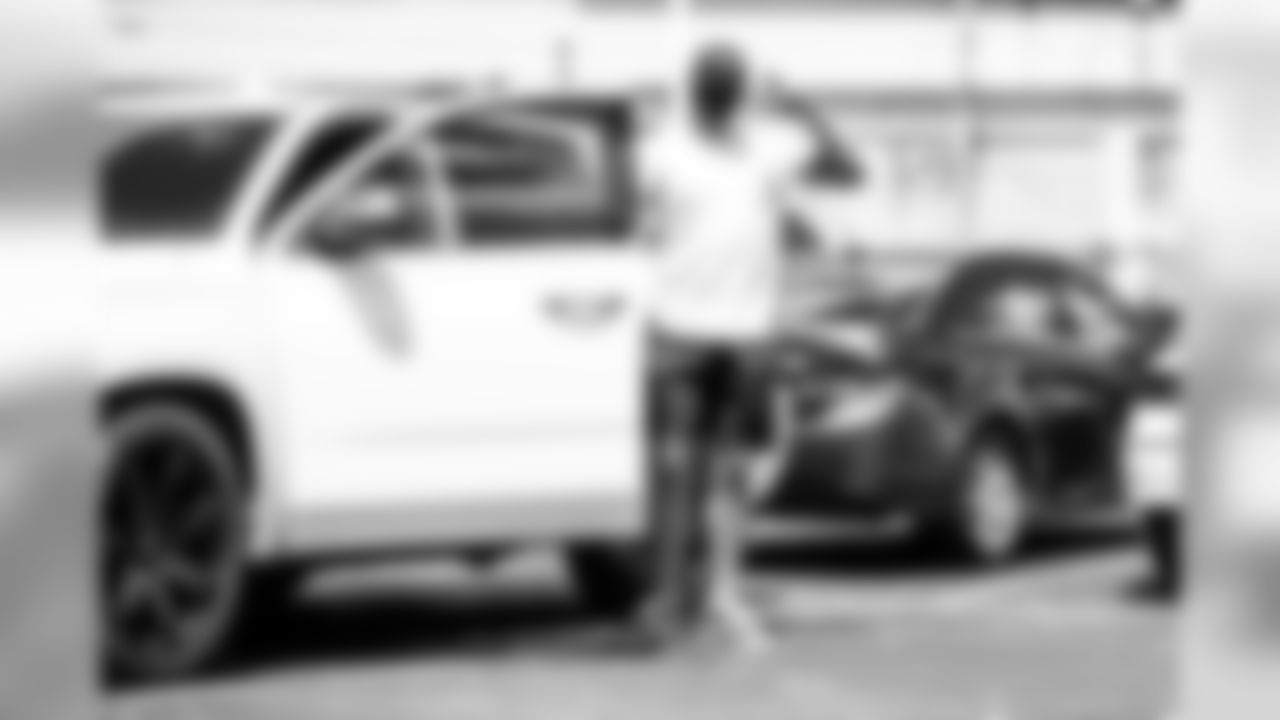
Tight end Austin Hooper (81) reports for 2020 Browns training camp on July 28, 2020.
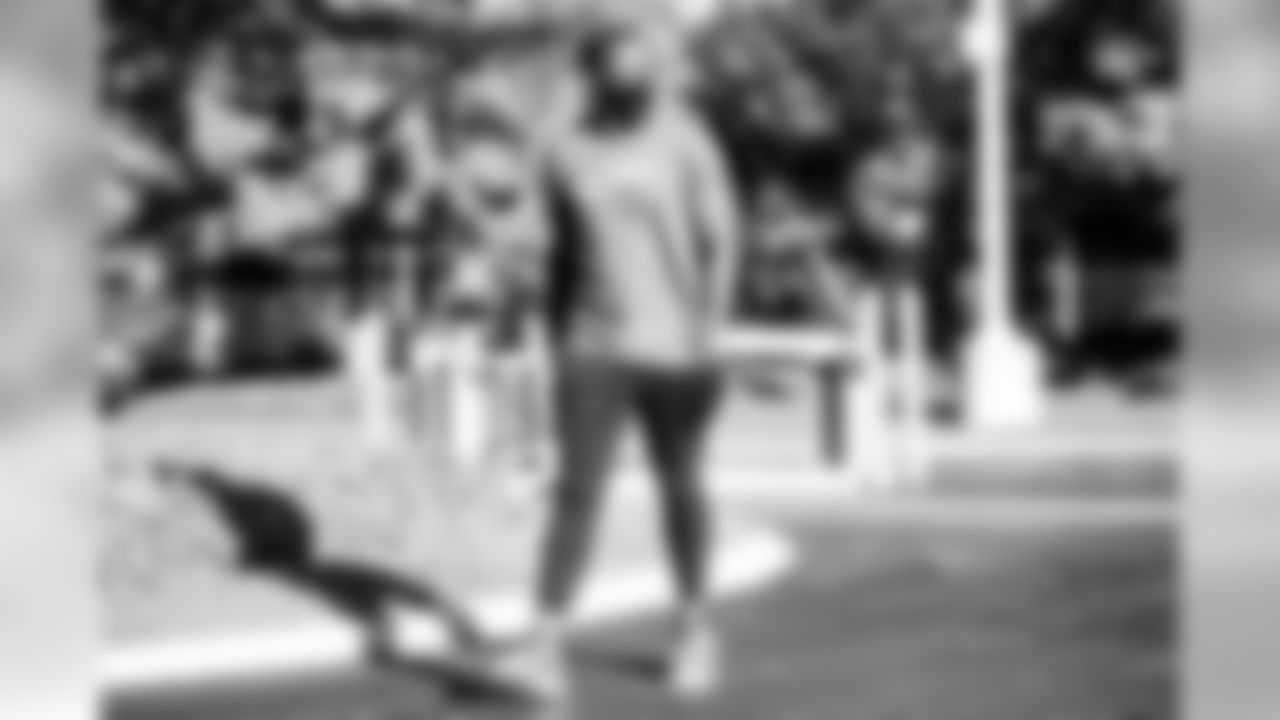
Wide receiver Donovan Peoples-Jones (11) reports for 2020 Browns training camp on July 28, 2020.
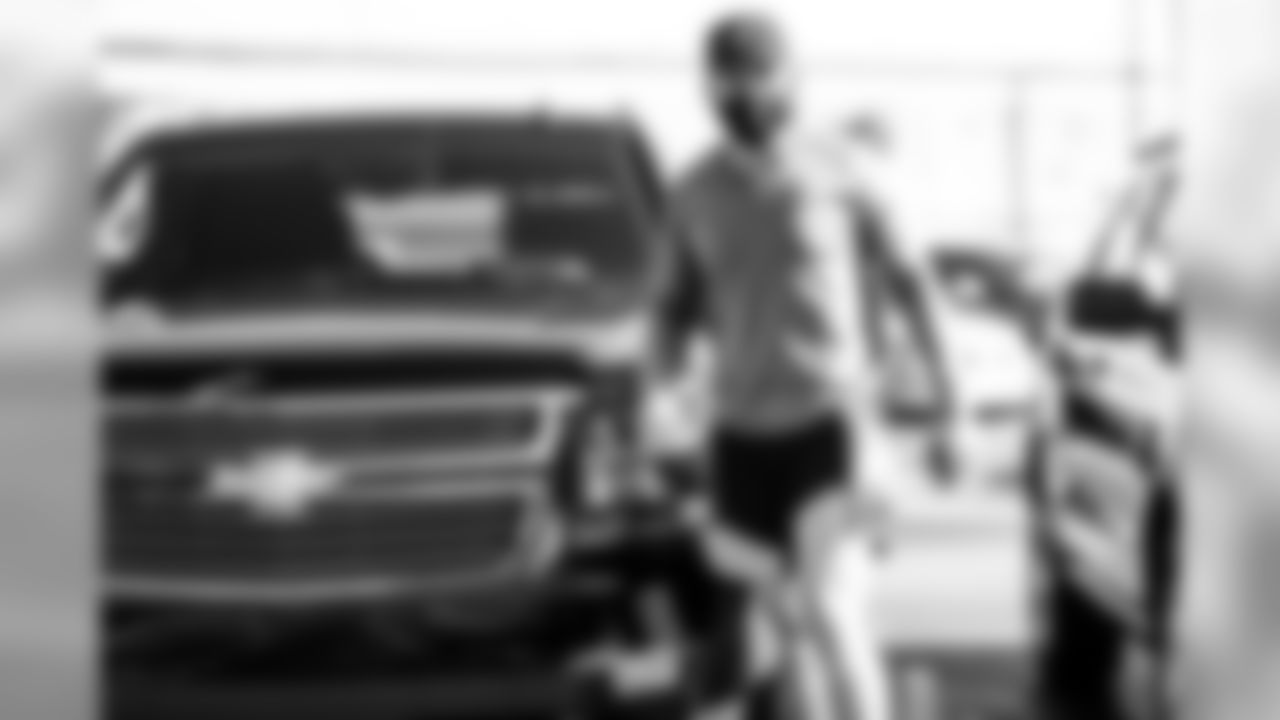
Quarterback Baker Mayfield (6) reports for 2020 Browns training camp on July 28, 2020.

Long snapper Charley Hughlett (47) reports for 2020 Browns training camp on July 28, 2020.

Linebacker B.J. Goodson (93) reports for 2020 Browns training camp on July 28, 2020.

Safety Karl Joseph (42) reports for 2020 Browns training camp on July 28, 2020.

Cornerback Kevin Johnson (28) reports for 2020 Browns training camp on July 28, 2020.

Tight end Austin Hooper (81) reports for 2020 Browns training camp on July 28, 2020.

Offensive guard Joel Bitonio (75) reports for 2020 Browns training camp on July 28, 2020.
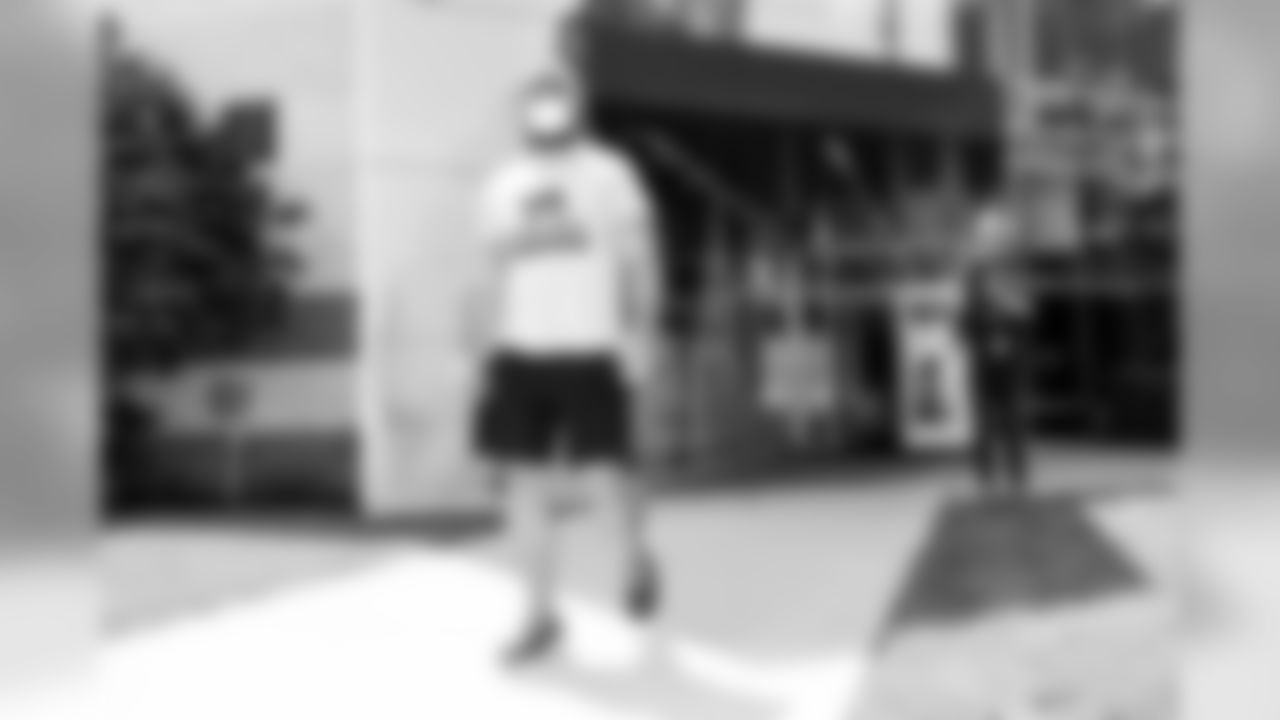
Fullback Andy Janovich (31) reports for 2020 Browns training camp on July 28, 2020.
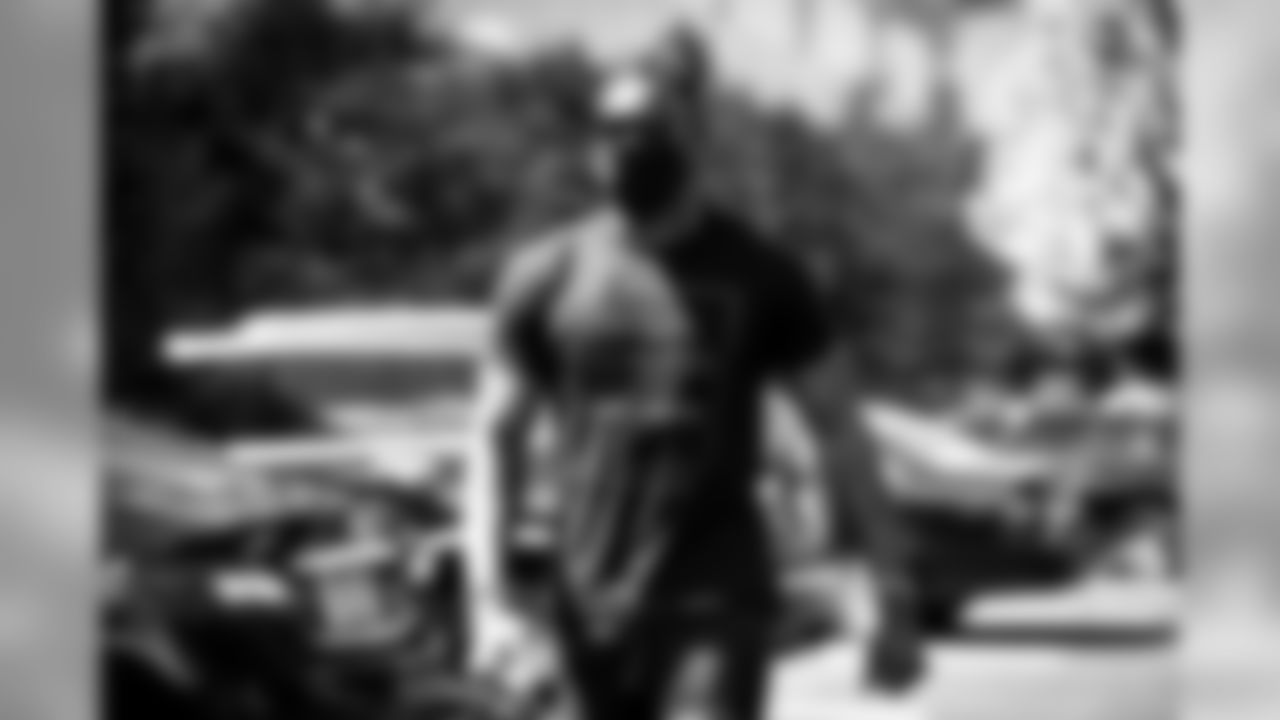
Tight end David Njoku (85) reports for 2020 Browns training camp on July 28, 2020.
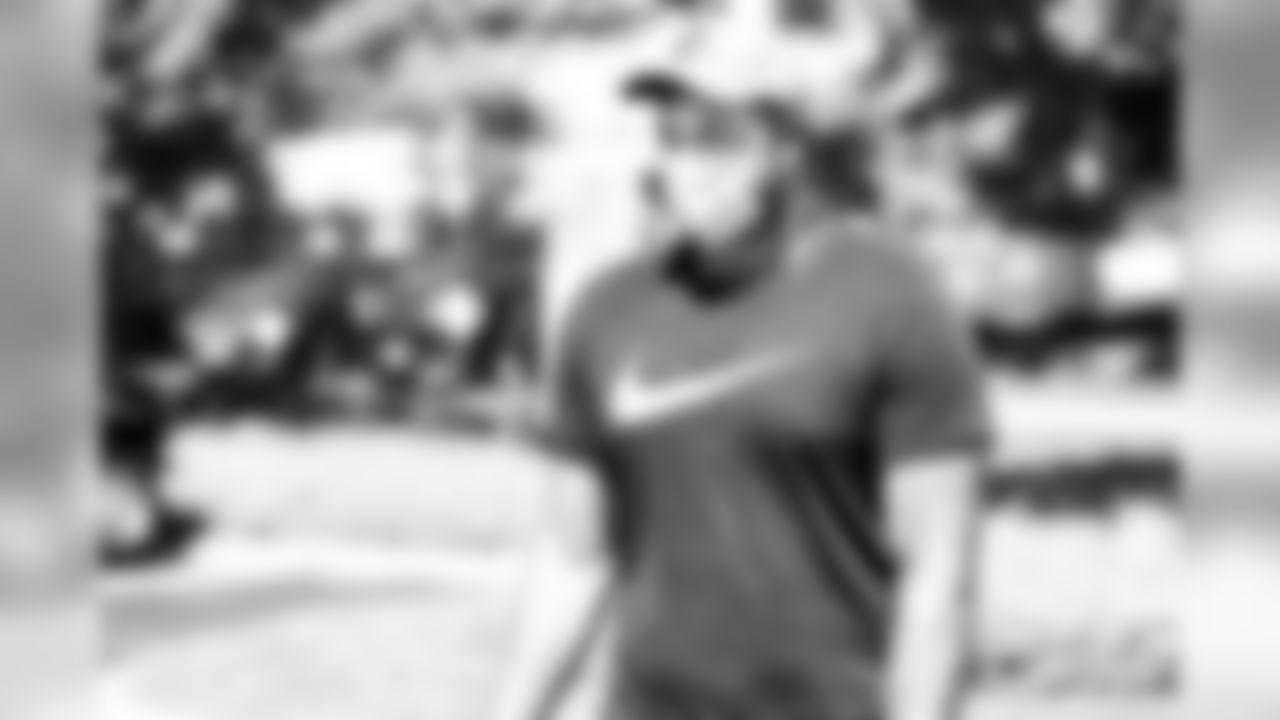
Offensive tackle Jack Conklin (78) reports for 2020 Browns training camp on July 28, 2020.

Defensive tackle Larry Ogunjobi (65) reports for 2020 Browns training camp on July 28, 2020.
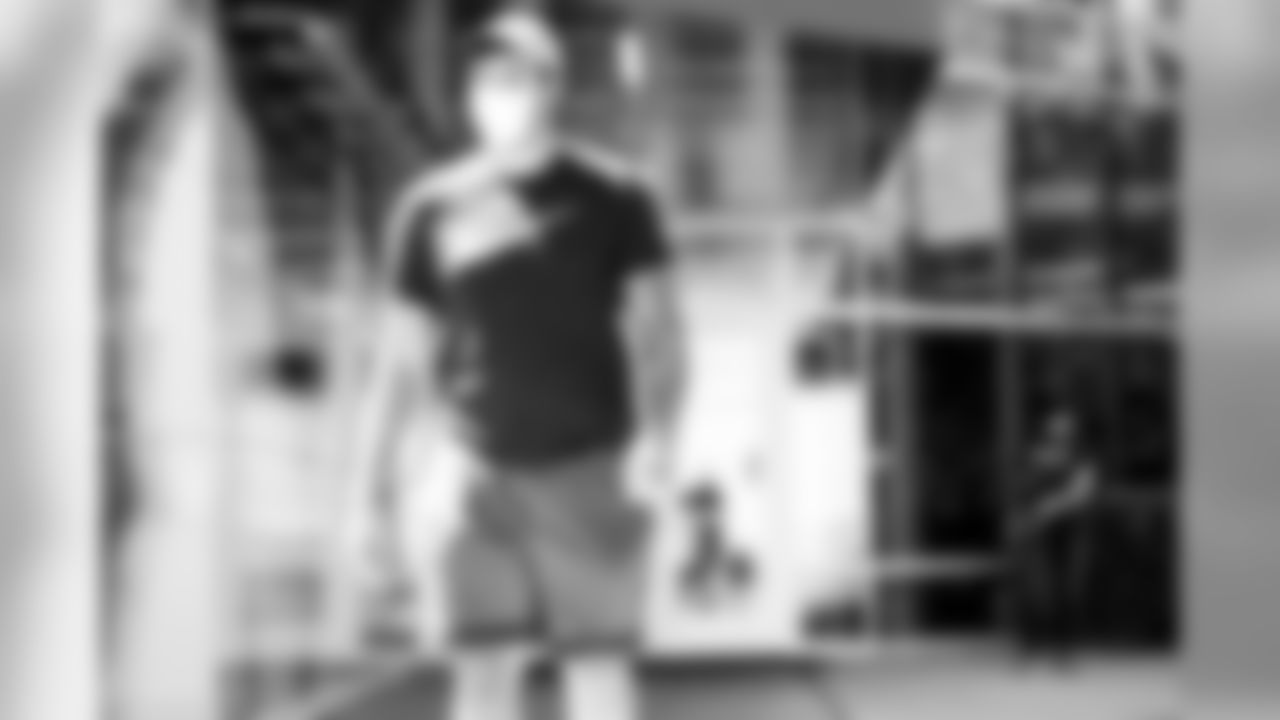
Offensive tackle Jack Conklin (78) reports for 2020 Browns training camp on July 28, 2020.
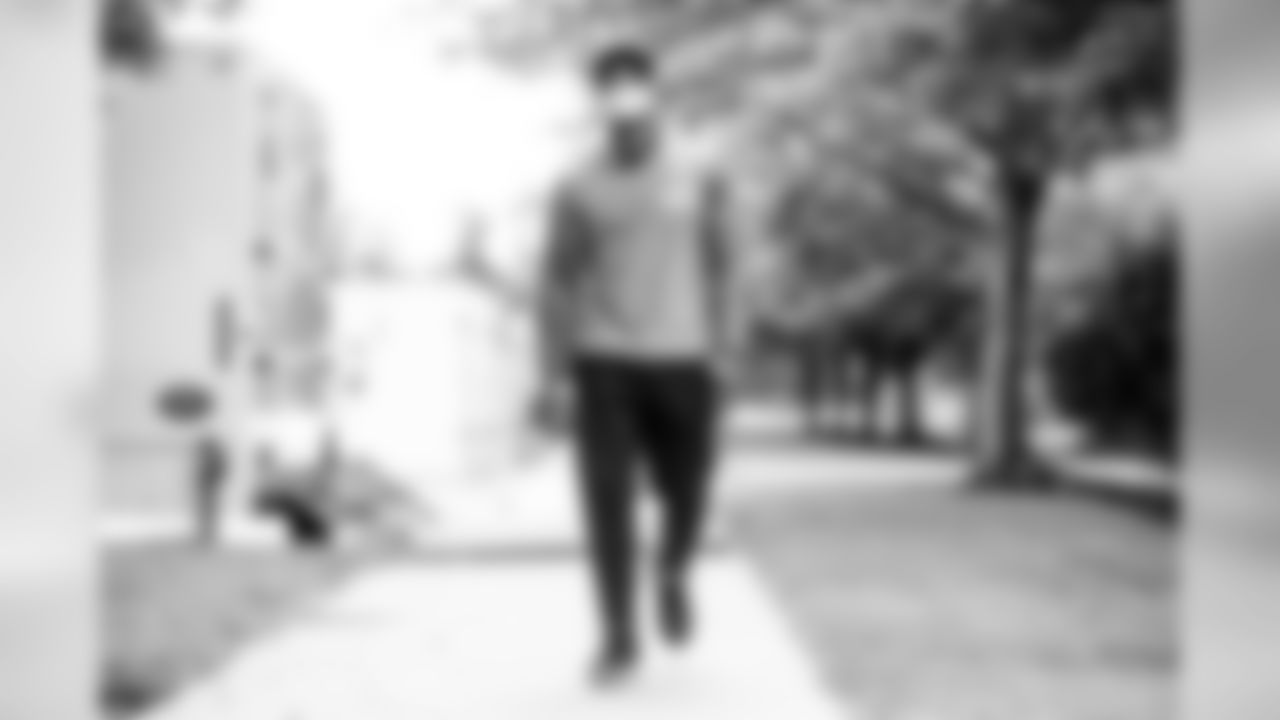
Cornerback Denzel Ward (21) reports for 2020 Browns training camp on July 28, 2020.

Running Back Kareem Hunt (27) reports for 2020 Browns training camp on July 28, 2020.
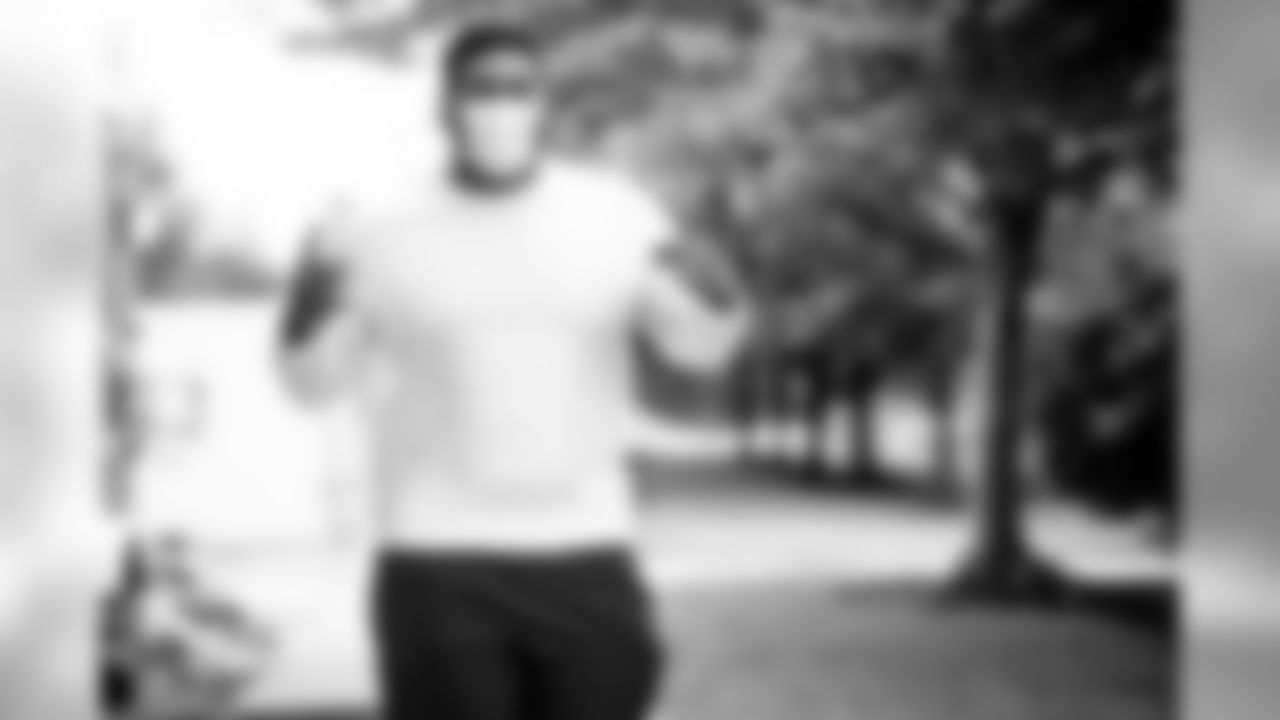
Defensive tackle Eli Ankou (91) reports for 2020 Browns training camp on July 28, 2020.
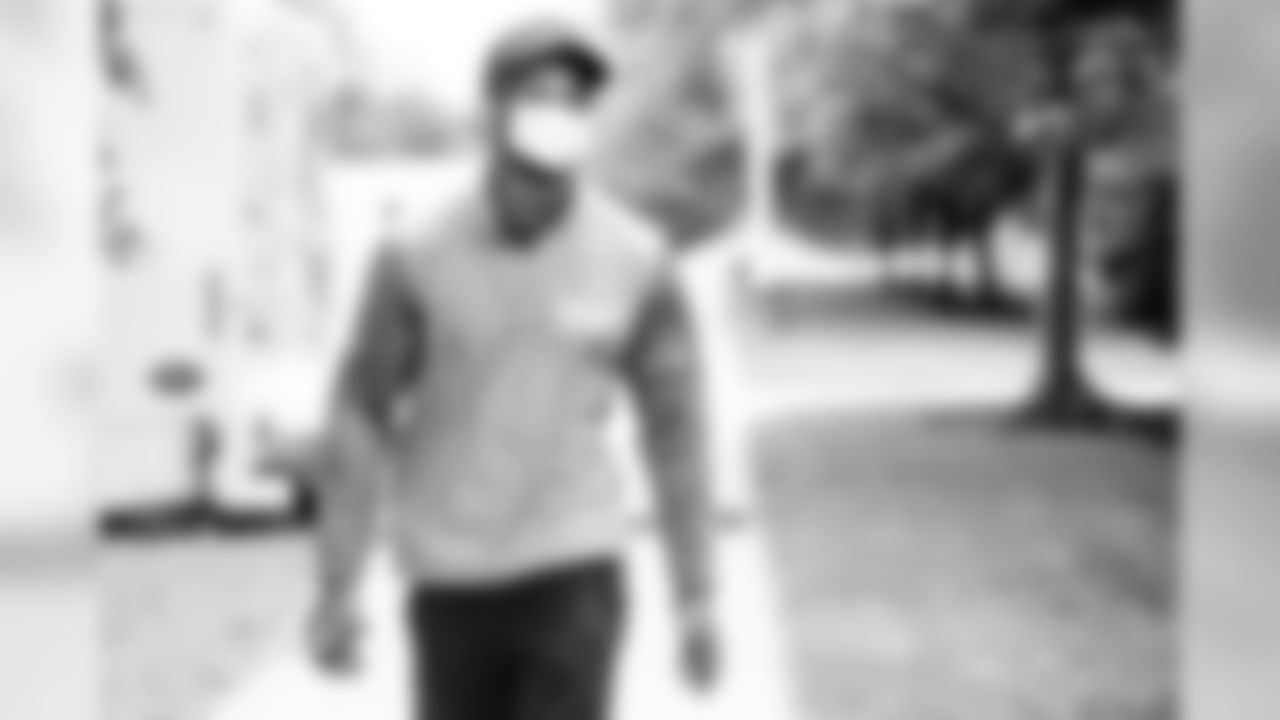
Cornerback Denzel Ward (21) reports for 2020 Browns training camp on July 28, 2020.

Offensive guard Wyatt Teller (77) reports for 2020 Browns training camp on July 28, 2020.

Defensive tackle Larry Ogunjobi (65) reports for 2020 Browns training camp on July 28, 2020.

Cornerback Robert Jackson (34) reports for 2020 Browns training camp on July 28, 2020.

Linebacker Montrel Meander (41) reports for 2020 Browns training camp on July 28, 2020.

Wide receiver Rashard Higgins (82) reports for 2020 Browns training camp on July 28, 2020.

Cornerback Donovan Olumba (33) reports for 2020 Browns training camp on July 28, 2020.
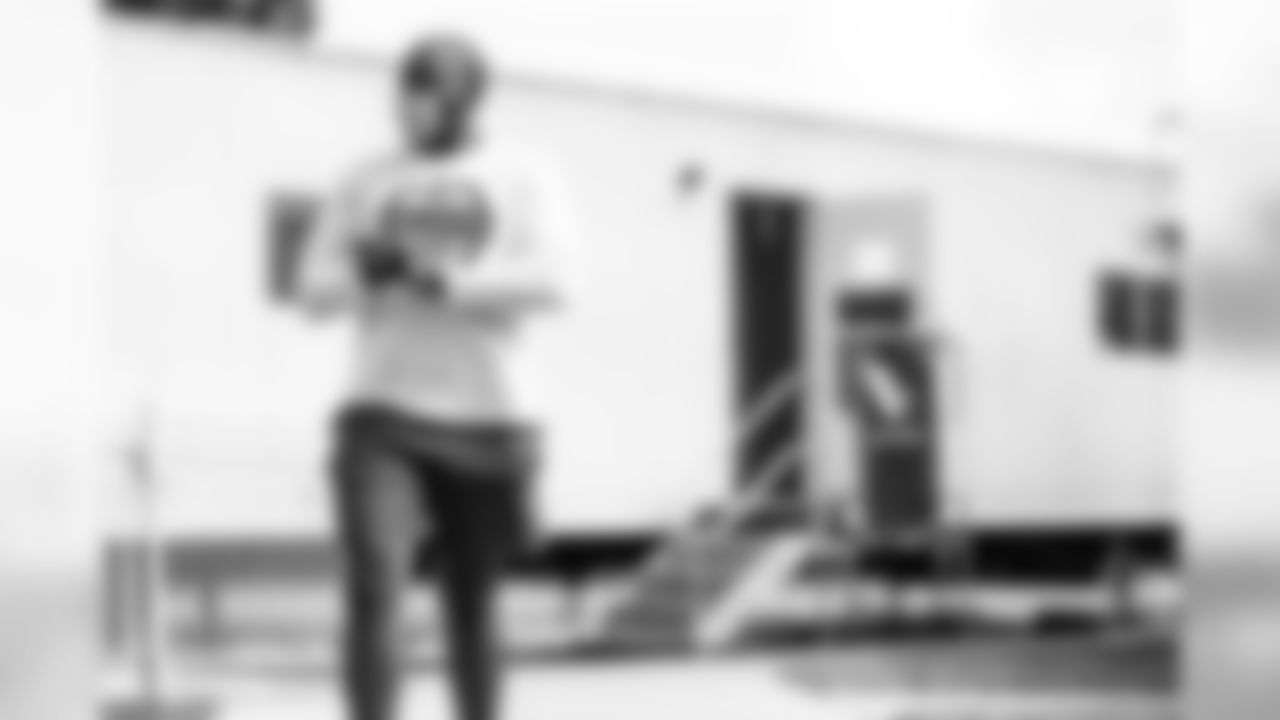
Center Willie Wright (66) reports for 2020 Browns training camp on July 28, 2020.

Linebacker Tae Davis (55) and Head Coach Kevin Stefanski report for 2020 Browns training camp on July 28, 2020.

Wide receiver KhaDarel Hodge (12) reports for 2020 Browns training camp on July 28, 2020.
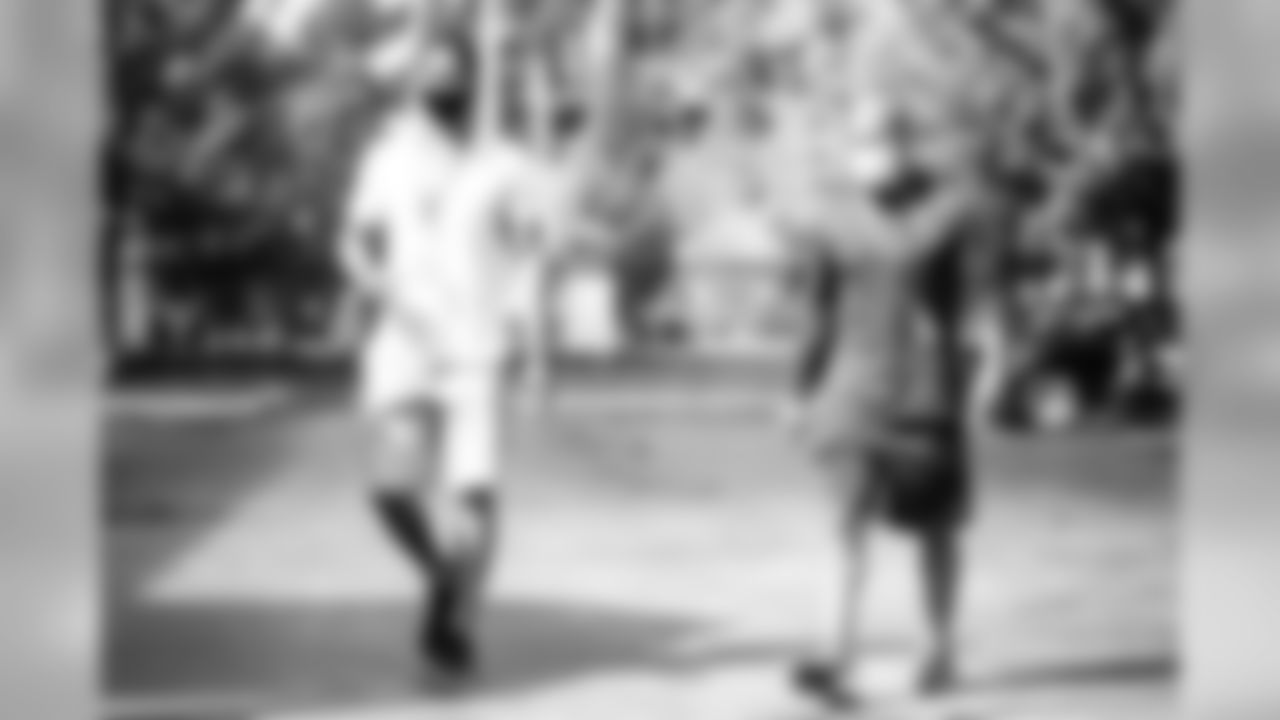
General Manager Andrew Berry and Ron Brewer report for 2020 Browns training camp on July 28, 2020.

Players reports for 2020 Browns training camp on July 28, 2020.
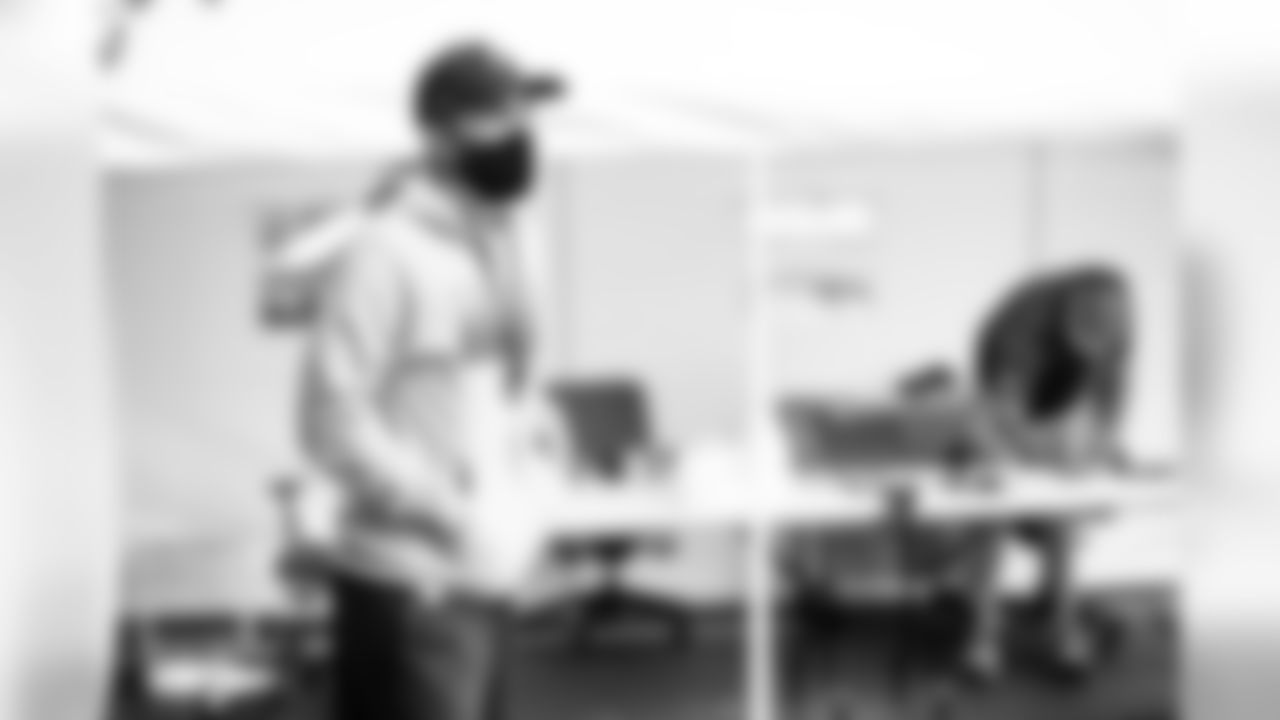
Head Coach Kevin Stefanski reports for 2020 Browns training camp on July 28, 2020.

Linebacker Mack Wilson (51) reports for 2020 Browns training camp on July 28, 2020.
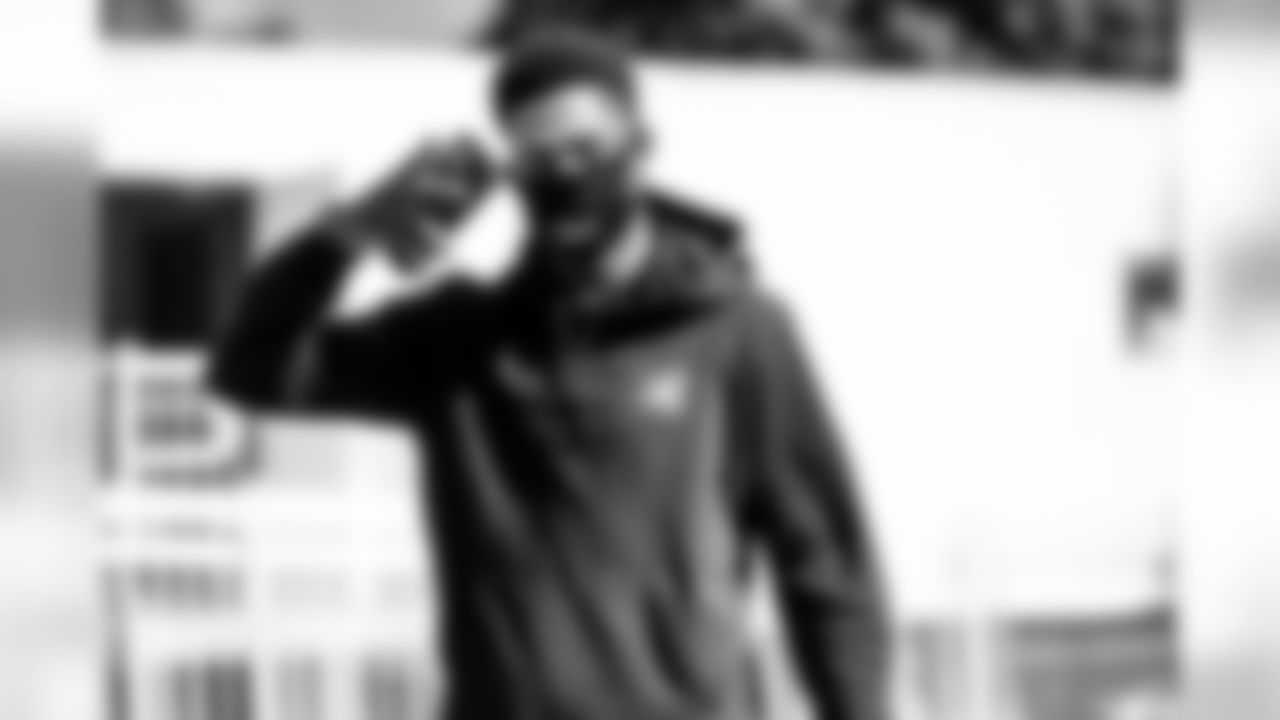
Cornerback Greedy Williams (26) reports for 2020 Browns training camp on July 28, 2020.

Running Back Nick Chubb (24) reports for 2020 Browns training camp on July 28, 2020.
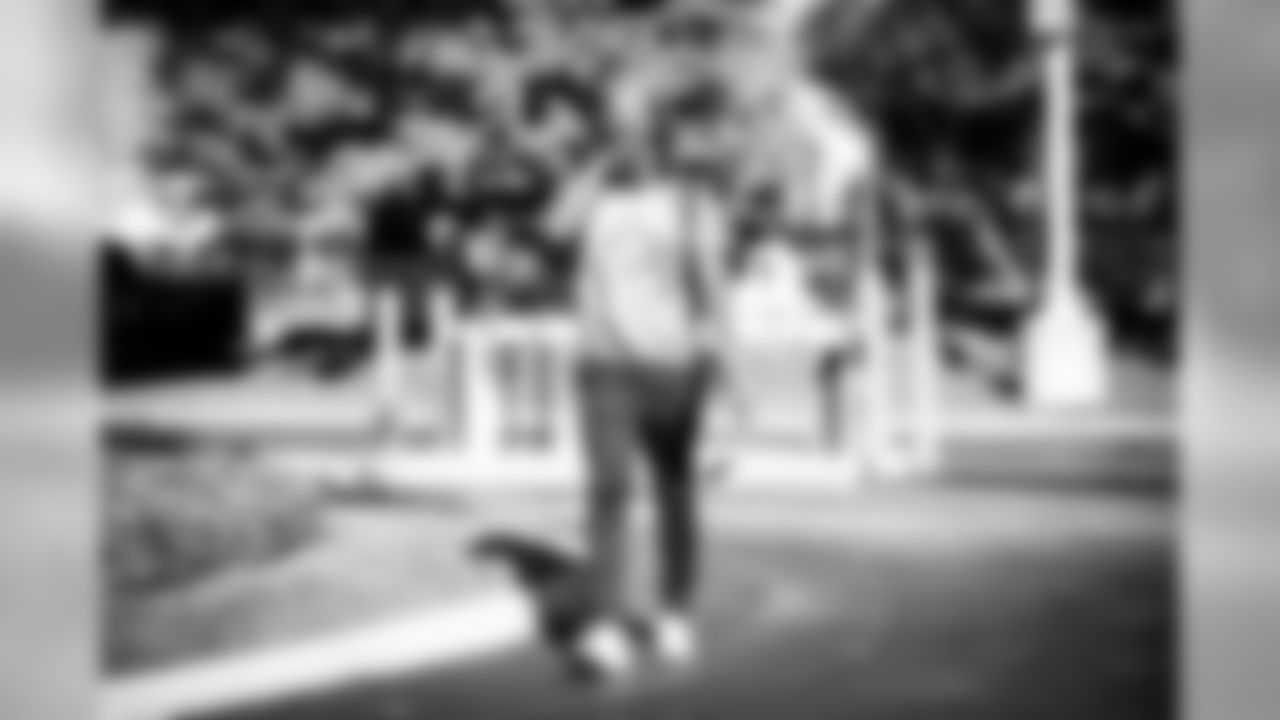
Safety Sheldrick Redwine (29) reports for 2020 Browns training camp on July 28, 2020.
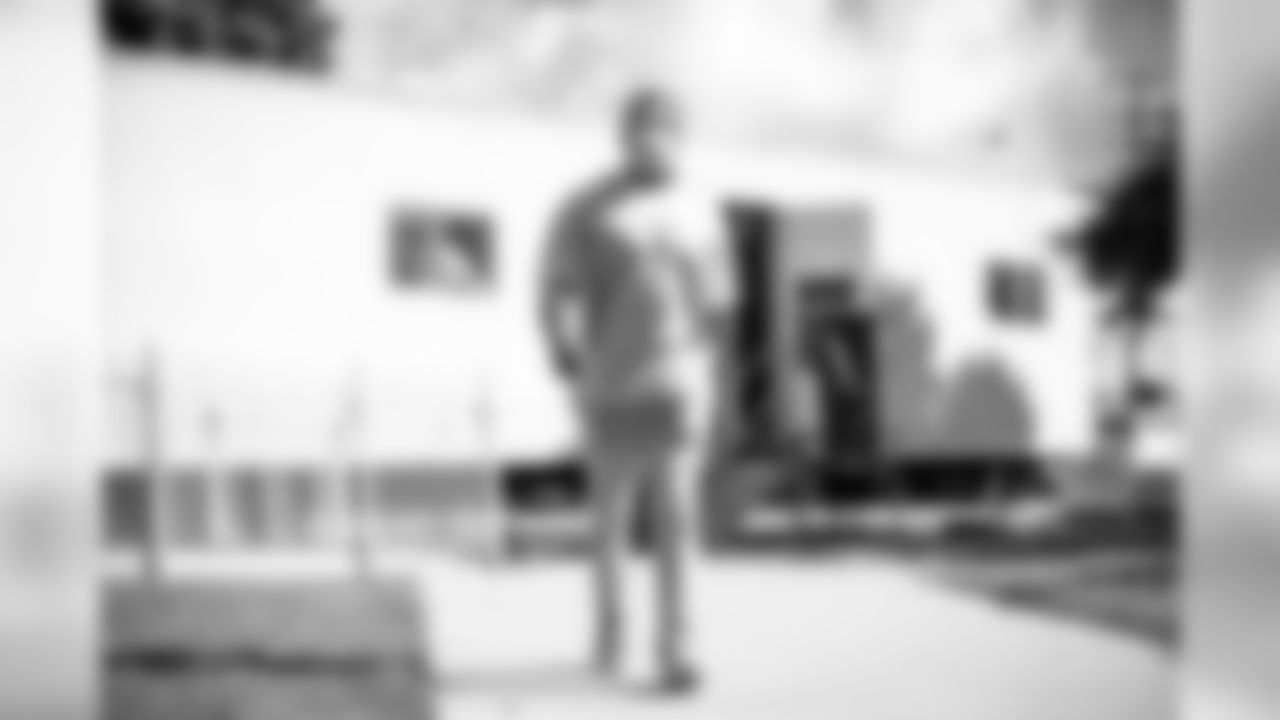
Running Back Nick Chubb (24) reports for 2020 Browns training camp on July 28, 2020.
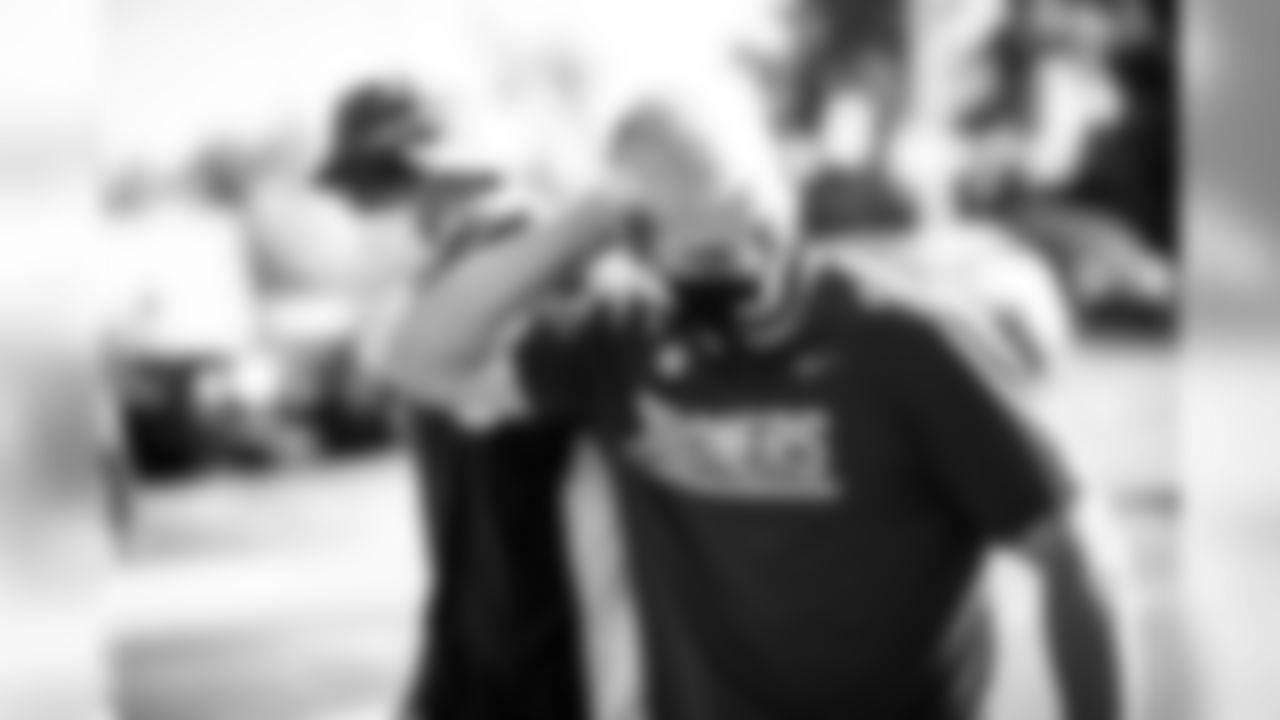
Kicker Austin Seibert (4) reports for 2020 Browns training camp on July 28, 2020.

Linebacker Jacob Phillips (50) reports for 2020 Browns training camp on July 28, 2020.

Wide receiver D.J. Montgomery (15) reports for 2020 Browns training camp on July 28, 2020.
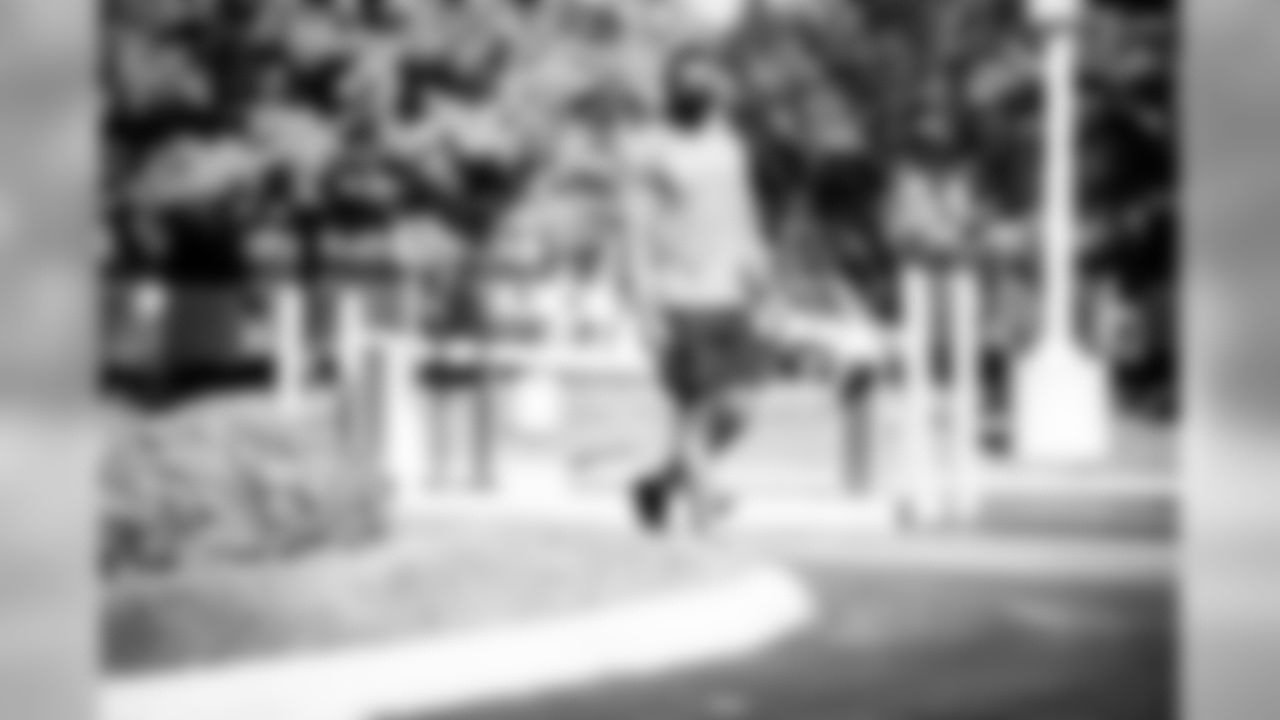
Linebacker Jacob Phillips (50) reports for 2020 Browns training camp on July 28, 2020.
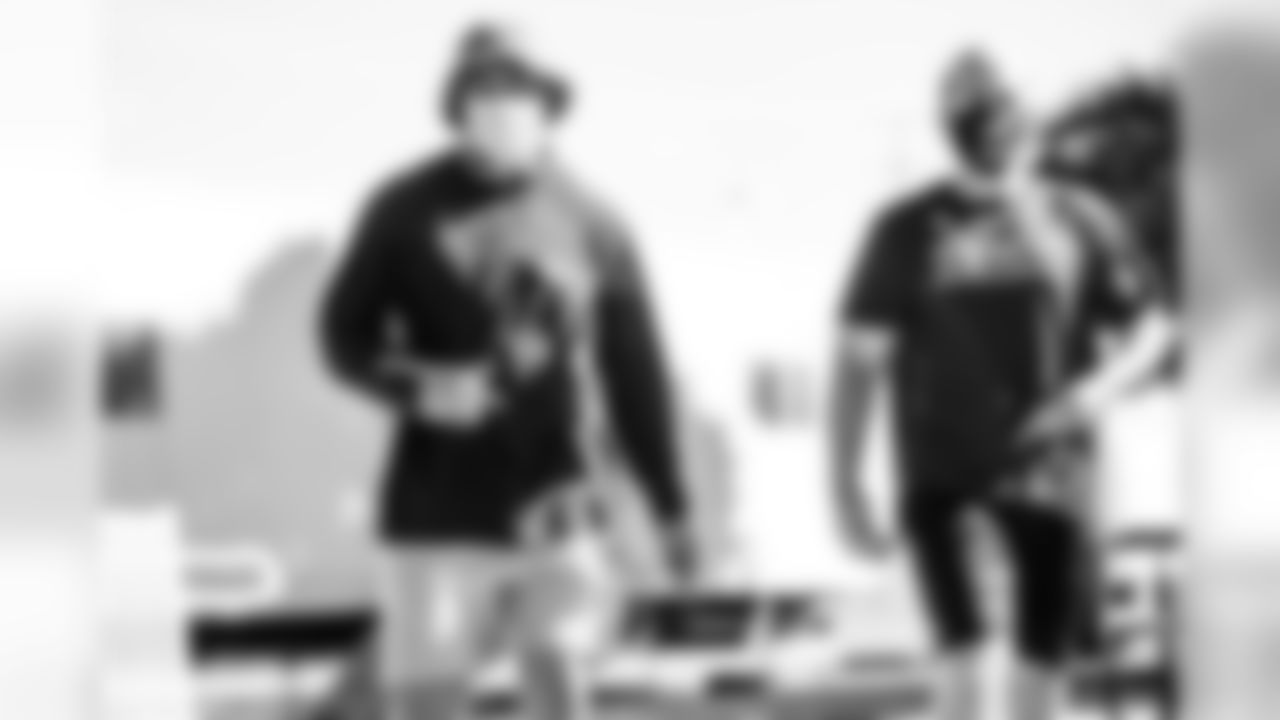
Linebacker Sione Takitaki (44) reports for 2020 Browns training camp on July 28, 2020.
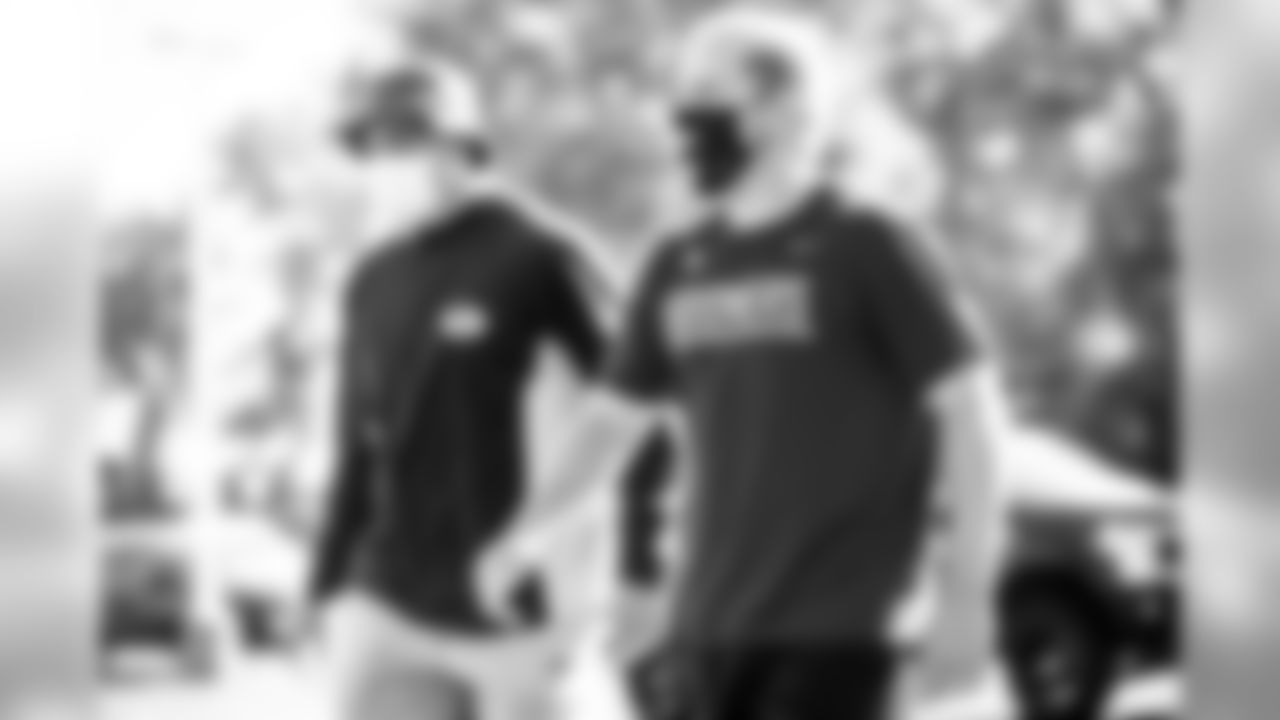
Kicker Austin Seibert (4) reports for 2020 Browns training camp on July 28, 2020.

Punter Jamie Gillan (7) reports for 2020 Browns training camp on July 28, 2020.
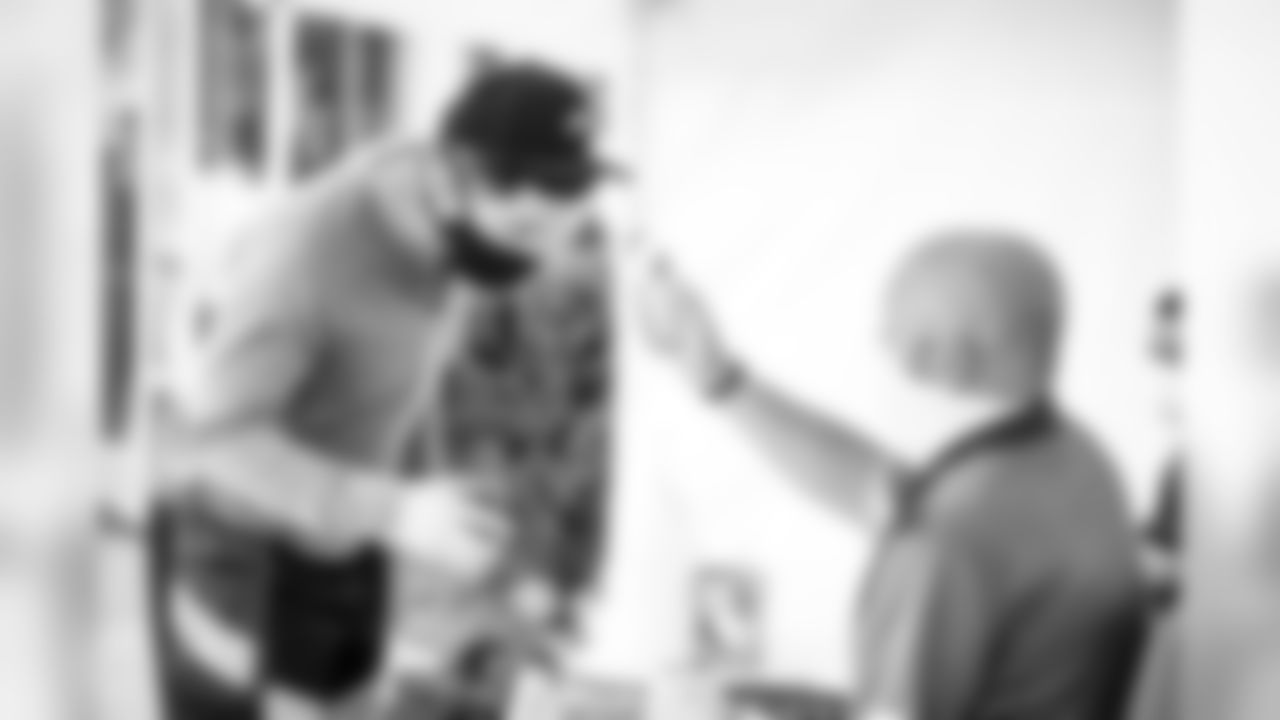
Quarterback Baker Mayfield (6) reports for 2020 Browns training camp on July 28, 2020.
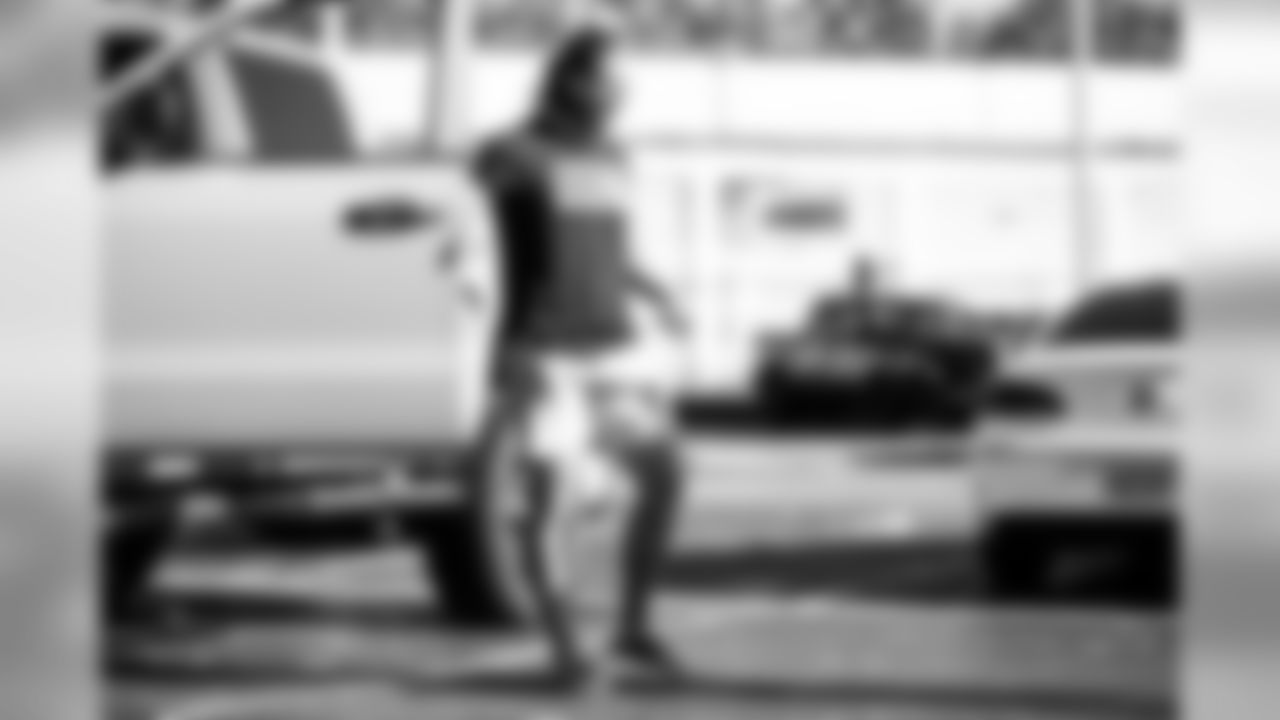
Punter Jamie Gillan (7) reports for 2020 Browns training camp on July 28, 2020.
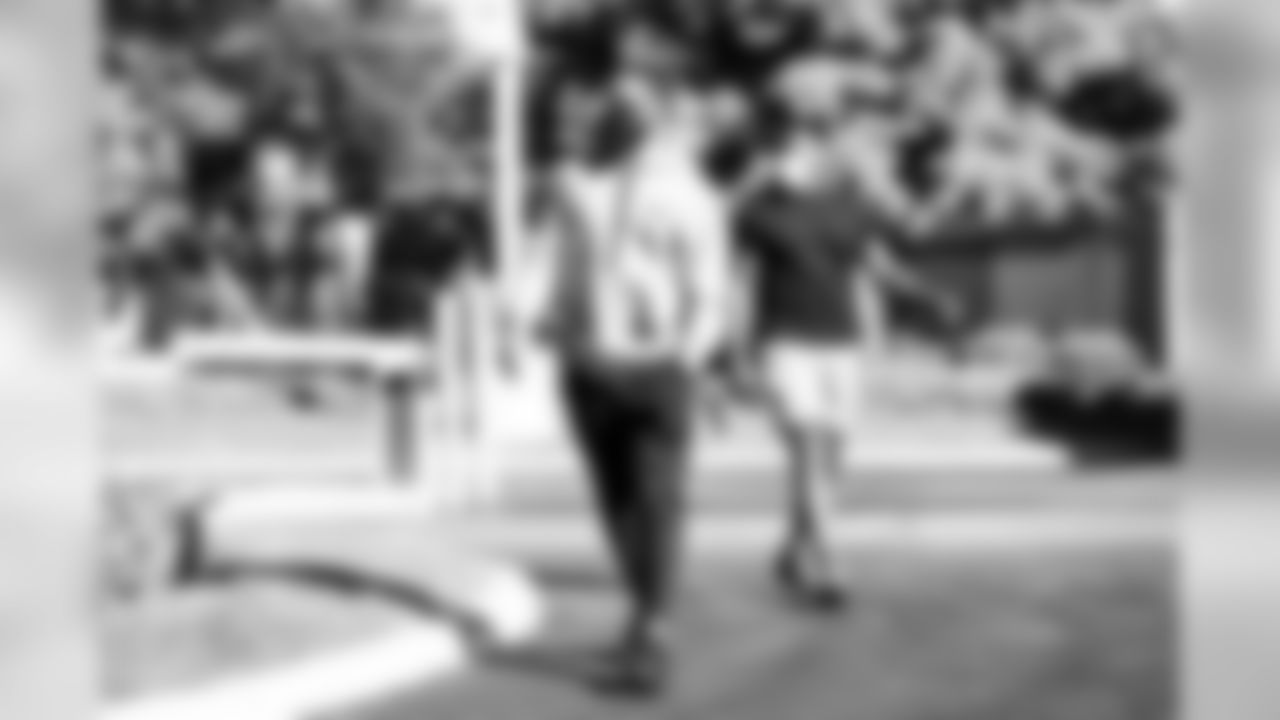
Safety J.T. Hassell (49) reports for 2020 Browns training camp on July 28, 2020.

Safety Grant Delpit (22) reports for 2020 Browns training camp on July 28, 2020.
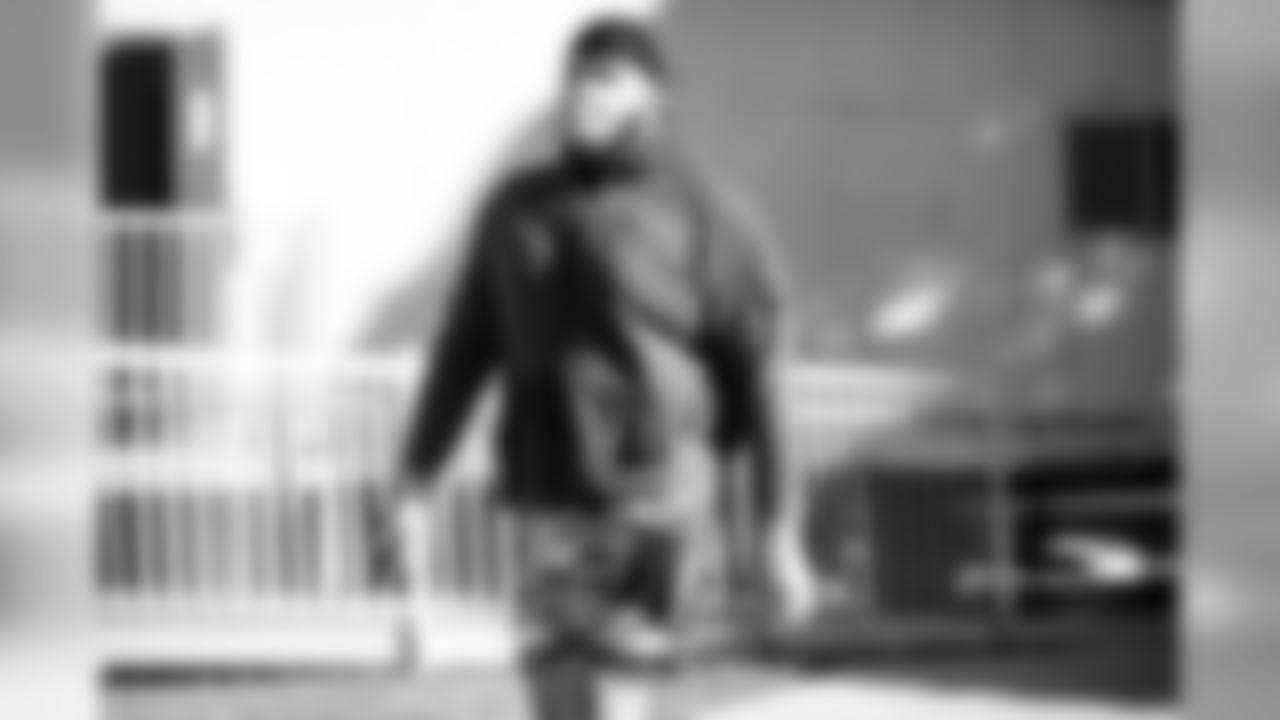
Offensive tackle Jedrick Wills Jr. (71) reports for 2020 Browns training camp on July 28, 2020.
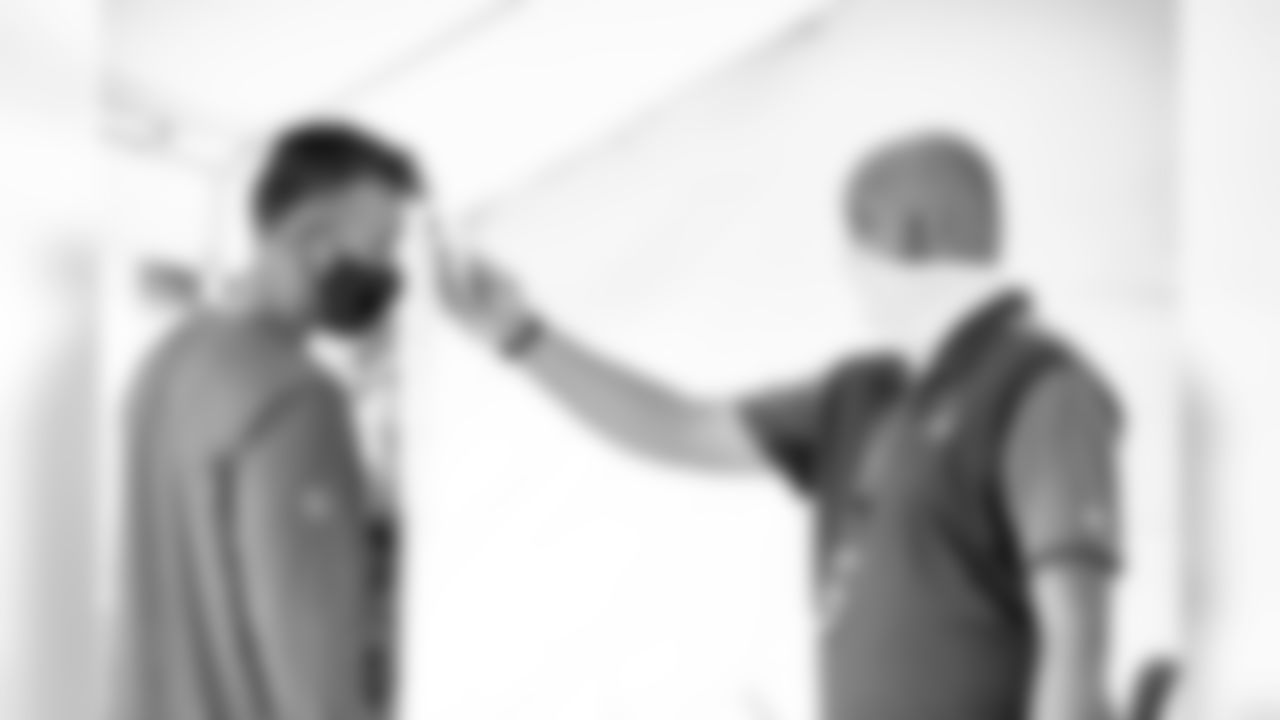
Tight end Harrison Bryant (88) reports for 2020 Browns training camp on July 28, 2020.

Wide receiver Donovan Peoples-Jones (11) reports for 2020 Browns training camp on July 28, 2020.

Cornerback Kevin Johnson (28) reports for 2020 Browns training camp on July 28, 2020.
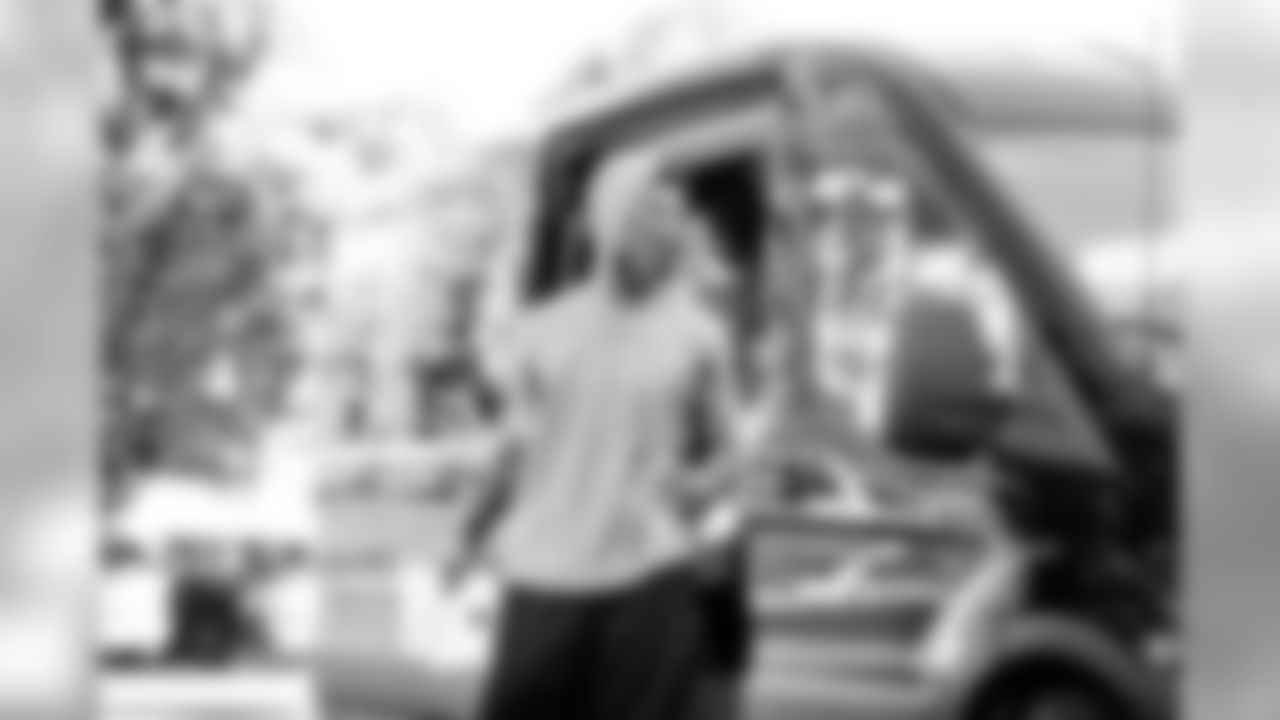
Running back Brian Herrien (35) reports for 2020 Browns training camp on July 28, 2020.
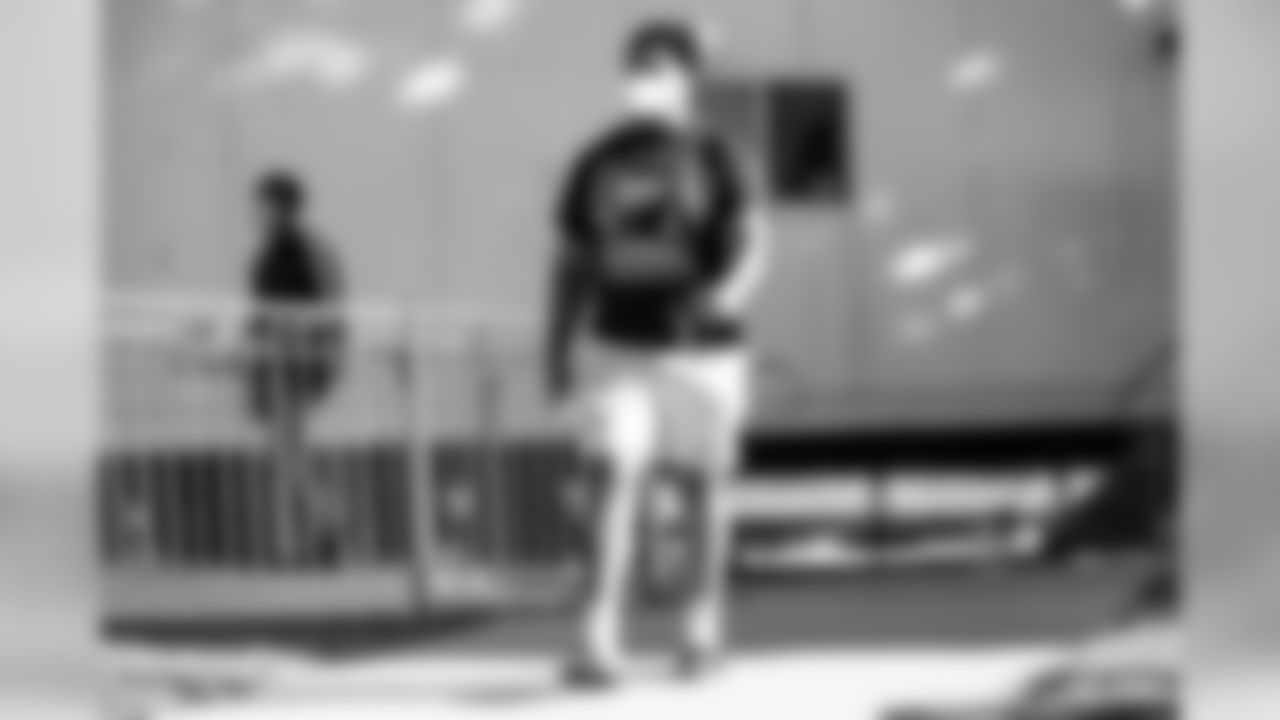
Center Nick Harris (53) reports for 2020 Browns training camp on July 28, 2020.

Tight end Harrison Bryant (88) reports for 2020 Browns training camp on July 28, 2020.
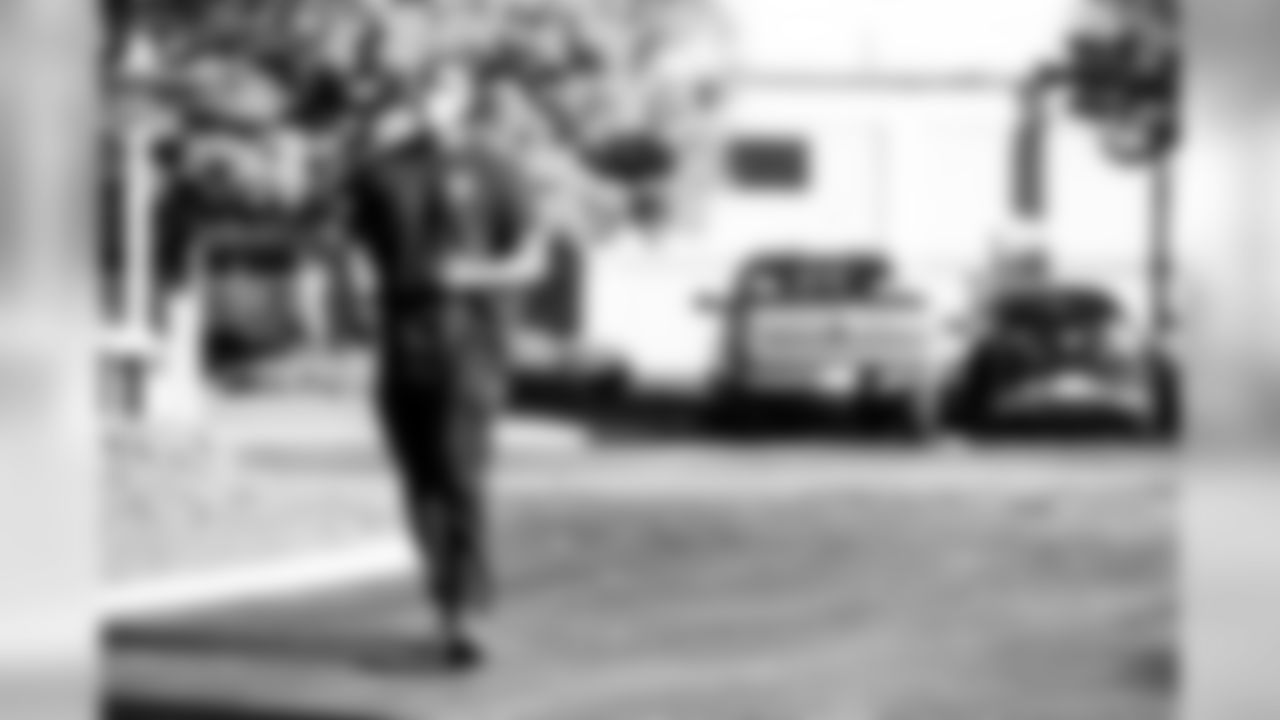
Defensive tackle Jordan Elliott (61) reports for 2020 Browns training camp on July 28, 2020.
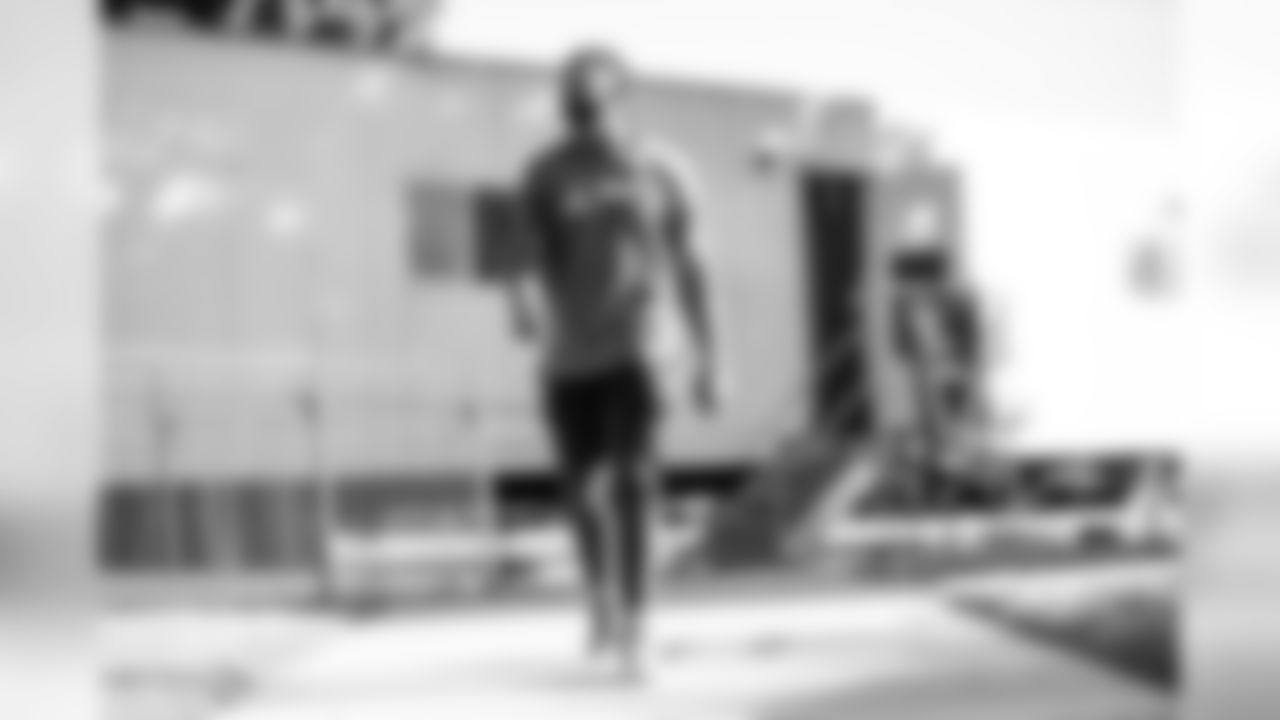
Wide receiver Donovan Peoples-Jones (11) reports for 2020 Browns training camp on July 28, 2020.
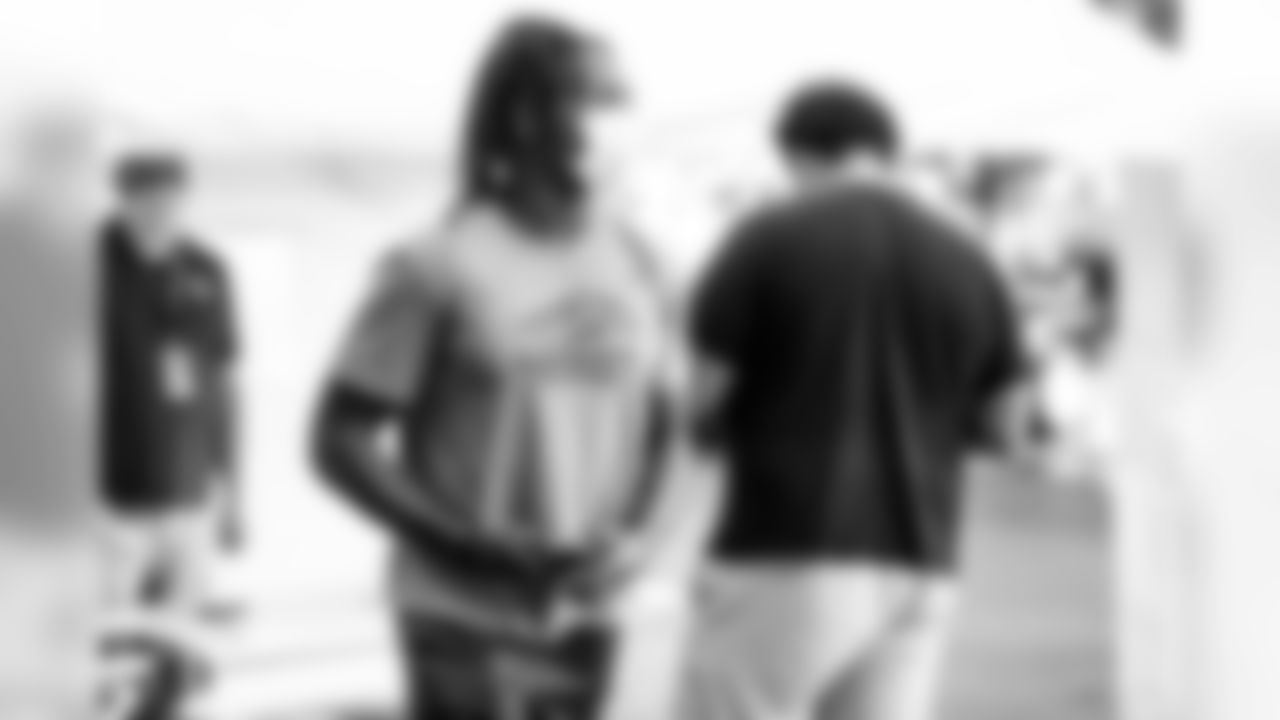
Safety Elijah Benton (43) reports for 2020 Browns training camp on July 28, 2020.
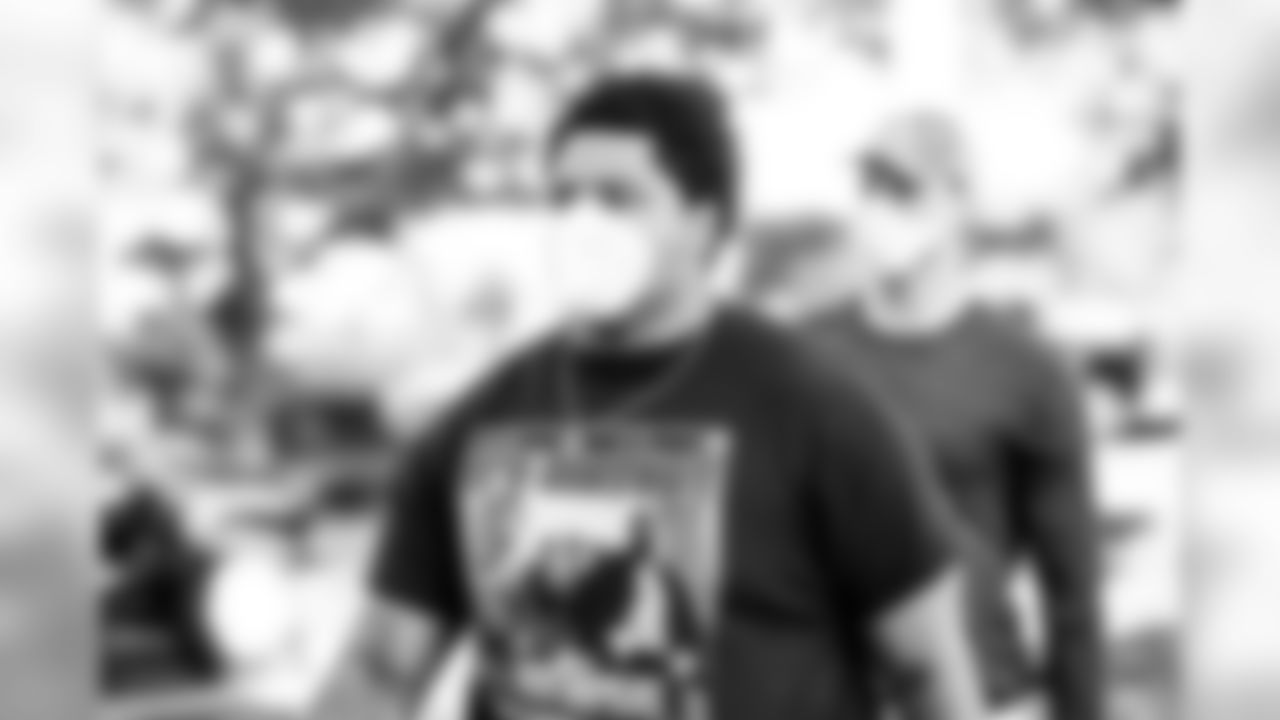
Center Nick Harris (53) reports for 2020 Browns training camp on July 28, 2020.
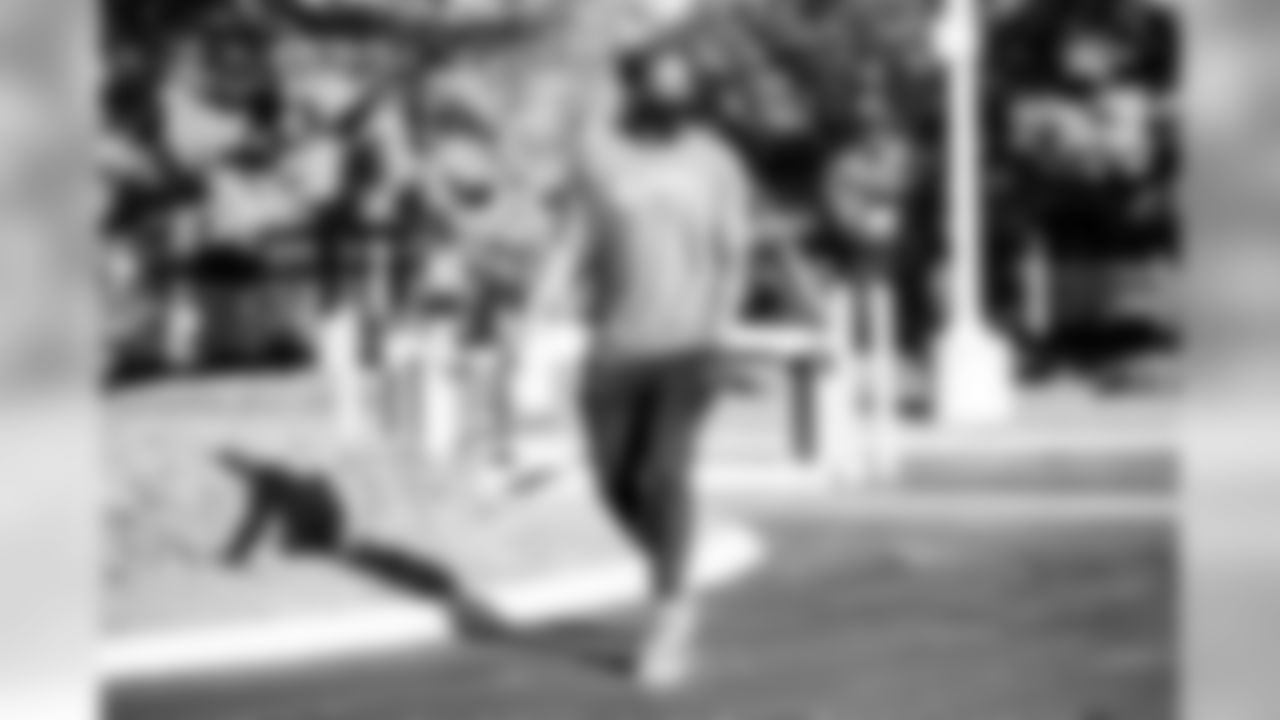
Wide receiver Donovan Peoples-Jones (11) reports for 2020 Browns training camp on July 28, 2020.
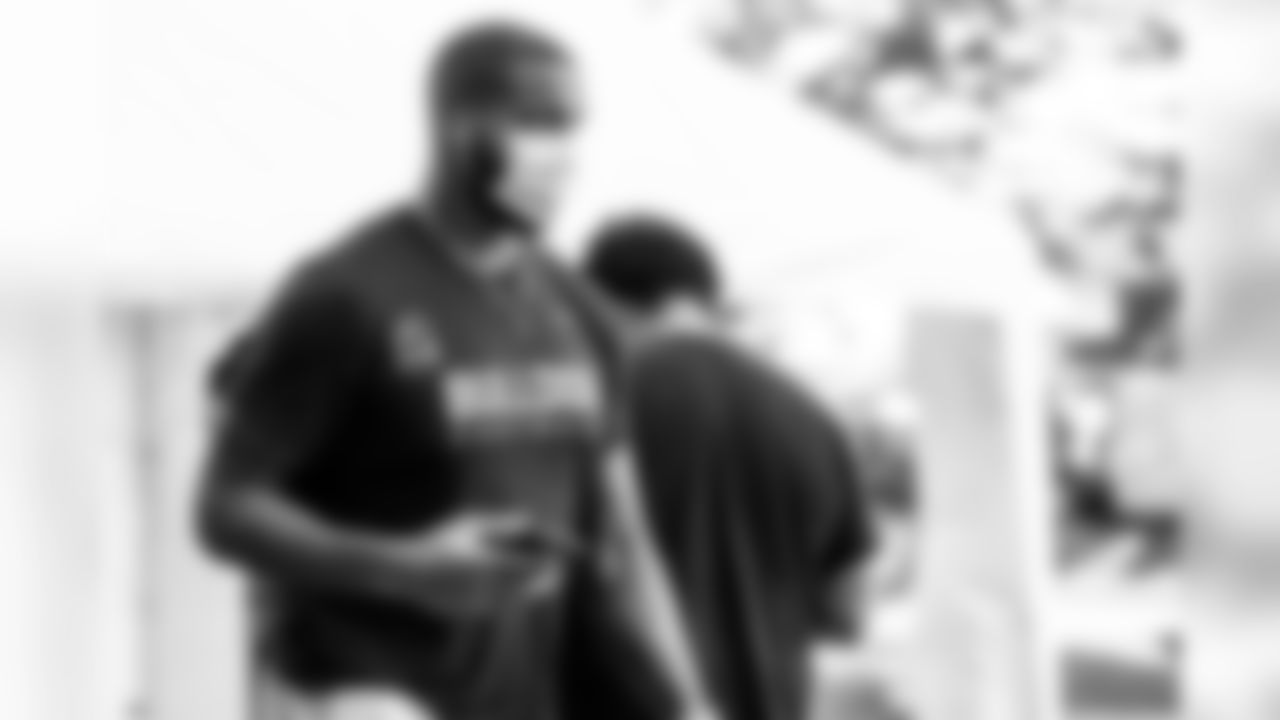
Offensive tackle Alex Taylor reports for 2020 Browns training camp on July 28, 2020.
On the process for a player to be cleared from Reserve/COVID-19 designation and what is in place to make sure the tests are not showing false positives:
Dr. Voos: "The NFL has partnered with a third-party lab that is performing all of the tests that are uniform across the NFL. These are both antibody and PCR-based viral testing, which is the standard of care and being used by every single NFL team. This is also being done onsite so it does not reduce the amount of testing that is available in the community, nor does it reduce the ability for regular patients here in Northeast Ohio to access healthcare. All of the testing is being done onsite from that standpoint. Once clearance is considered, one, it is an evaluation with myself and with our head medical team physician Dr. Cupp, as well as our infections disease experts, to assure that we feel someone is medically safe. There is the follow-up testing to assure that follow-up testing is negative. Then, there is being free of symptoms, further cardiac evaluation and then ultimately, it is that communication and comfort level of the player to return prior to getting back out on the field."
On advice to players about their conduct outside of the building and the importance of players being responsible when not at the facility:
Sheehan: "There is no doubt that this is going to be a challenge, right? We are ultimately all in this together, and everyone really has to understand that every decision they make both inside the building and outside the building should be done in an attempt to mitigate the risk of the spread of the virus. We all kind of share that collective responsibility to our success, and we are all kind of looking forward to really working together to ensure we do that."
On how long it takes teams to get test results:
Sheehan: "The way our current testing protocol is set up, we hope that all teams have those results within a 24-hour window."
On the potential for limited fans to attend NFL games at some stadiums this season and the protocols for players at games in venues with a limited number of fans in attendance:
Sheehan: "In regards to fans in the stadium, our organization will really work with local and state health officials. (Executive Vice President and Chief Operating Officer) Dave Jenkins has done an outstanding job with our organization of leading that initiative. Again, what we want to ensure is we provide a safe environment for everybody if they return to our building this fall."
On how soon can a player can return from Reserved/COVID-19 designation:
Sheehan: "In regards to timeline for returns from COVID, it really is treated on an individual basis. I do not think that it is really fair to put a timeline on one end or the other. We just know that our individuals will be treated appropriately, and when it is safe and healthy for them to return to the field, then we will discuss that decision."
On if Head Coach Kevin Stefanski will be able to address the entire team indoors or if those meetings have to occur outside:
Sheehan: "Really, if we want to have larger meetings, we have to ensure that we are social distanced. Whether that can occur in our field house or outside, we are going to have a large team meeting that does have to be done under the guidelines of being socially distanced."
On conceptualizing the process of social distancing when playing a contact sport like football:
Dr. Voos: "It is very challenging in any sport to avoid coming into contact or being near another player. Again, that is where we rely heavily on the testing and symptom screening and then the time spent in that environment of being in contact with each other is limited to the extent [that it occurs]. There is no doubt this is not a 100-percent risk-free sport, and no sport is 100-percent risk free. We want to rely on all of the other tools around us to ensure that they are safe. As Joe had mentioned, these types of environments really spawn innovation, and as our equipment continues to evolve, we want to utilize that equipment as much as we possibly can, as well, to provide that extra layer of protection, if at all possible."
On if NFL coaches may change the structure of practices, including the potential to limit the number of times the offense and defense huddle:
Dr. Voos: "I certainly do not want to get into the side of football strategy. I want to remain on the healthcare side, but certainly, we can provide some guidelines and tips to become creative and work on these ways of how can you communicate with your players and preparing yourself on the field, limiting that contact, even if it is in the practice setting as much as possible. I think any way we can do that is very helpful, but obviously, we want Coach (Stefanski) to be able to take care of the team in the best way possible. We just want to provide those guidelines to assist in any way we can."
On handling the processes and protocols related to the pandemic in their roles, referencing the news that Vikings Vice President of Sports Medicine/Head Athletic Trainer Eric Sugarman recently tested positive for COVID-19:
Sheehan: "Eric Sugarman getting the virus definitely hits home. He is a friend of mine and undergoes every precaution to obviously mitigate the risk of spread. It is a risk for all of us. We can implement the protocols to the best our ability and really try to provide the safest environment possible for all of us as we continue to work on a day-in and day-out basis."
Dr. Voos: "As healthcare providers, we are caring for patients every day, and we understand the realities of this profession and being in this environment for both the players and for us as the medical team, as well as everyone in the building. Eric is an incredible trainer and is very meticulous. It just reinforces how we want to continue to follow those protocols as closely as we can to make sure that we mitigate those risks as much as possible."
On if they were surprised by the number of players who have opted out of the season thus far and if many more can be expected in the coming days:
Sheehan: "When it comes to the player opt outs, it is our job to make sure that we educate everybody and let them know the high-risk categories, etc., and really work again with the individual player in determining the right decision for them at that point."
Dr. Voos: "Wasn't quite sure exactly what number would come in, but the biggest thing to consider is players taking care of both themselves, as well as their families, and each player has their own unique circumstance. We feel that it is our job to help to guide them through it, serve as a trusted healthcare advisor and allow them to ultimately make that decision themselves. I don't think it is an inordinately high number of players, but I'm proud of the way the players and the teams have worked through this together so that we can responsibly make those decisions so that everyone feels good and safe about participating in the season."
Closing statements:
Dr. Voos: "I just wanted to reinforce the focus on our players' health and that this is a very fluid situation. As new information becomes available or as any clinical scenarios may change, we are equipped to adapt to those quickly and want to continue to work with our local healthcare officials, as well as the NFL and our NFL Players Association. I think it has been a great collaboration. We want to continue to adjust so that week by week we make this the best environment possible."
Sheehan: "I would encourage everybody again that it is a collaborative effort. To the extent we all do our part to wear a mask, stay six feet apart, maintain social distancing, wash your hands frequently and often, it will really go a long way to helping us control this pandemic."


